
As a cinephile who has traversed the vast landscape of global cinema, I find myself captivated by the rich tapestry of stories that these films weave. Each one offers a unique perspective on human experiences, transcending cultural boundaries and resonating deeply within our collective consciousness.
The Criterion Channel provides a wealth of classic movies from various parts of the globe. It’s an excellent streaming platform for exploring the masterpieces created by renowned filmmakers like Charlie Chaplin, Abbas Kiarostami, David Lynch, and Agnès Varda. You can stream popular hits, browse their specially selected collections, watch unique interviews, and catch premieres and new arrivals.
On The Channel, you’ll find more than 2500 unique features and short films, many of which have not received much attention or are less well-known today. This list serves as a guide to some hidden gems that may not be prominently featured on the site’s homepage. Ranging from early silent movies to contemporary masterpieces, here are 15 undervalued or underappreciated films waiting for you to stream on Criterion.
15 A Man There Was (1917)
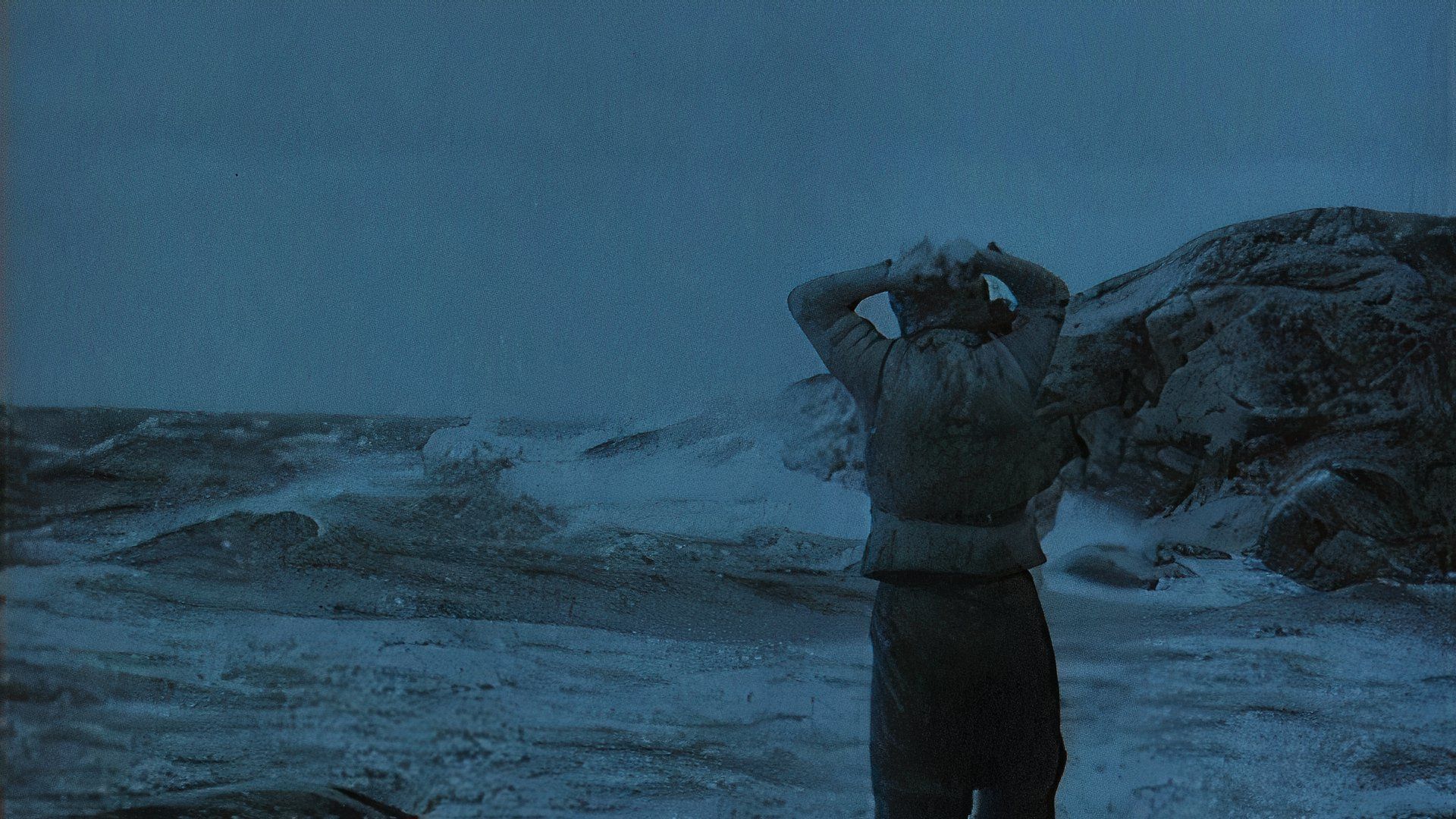
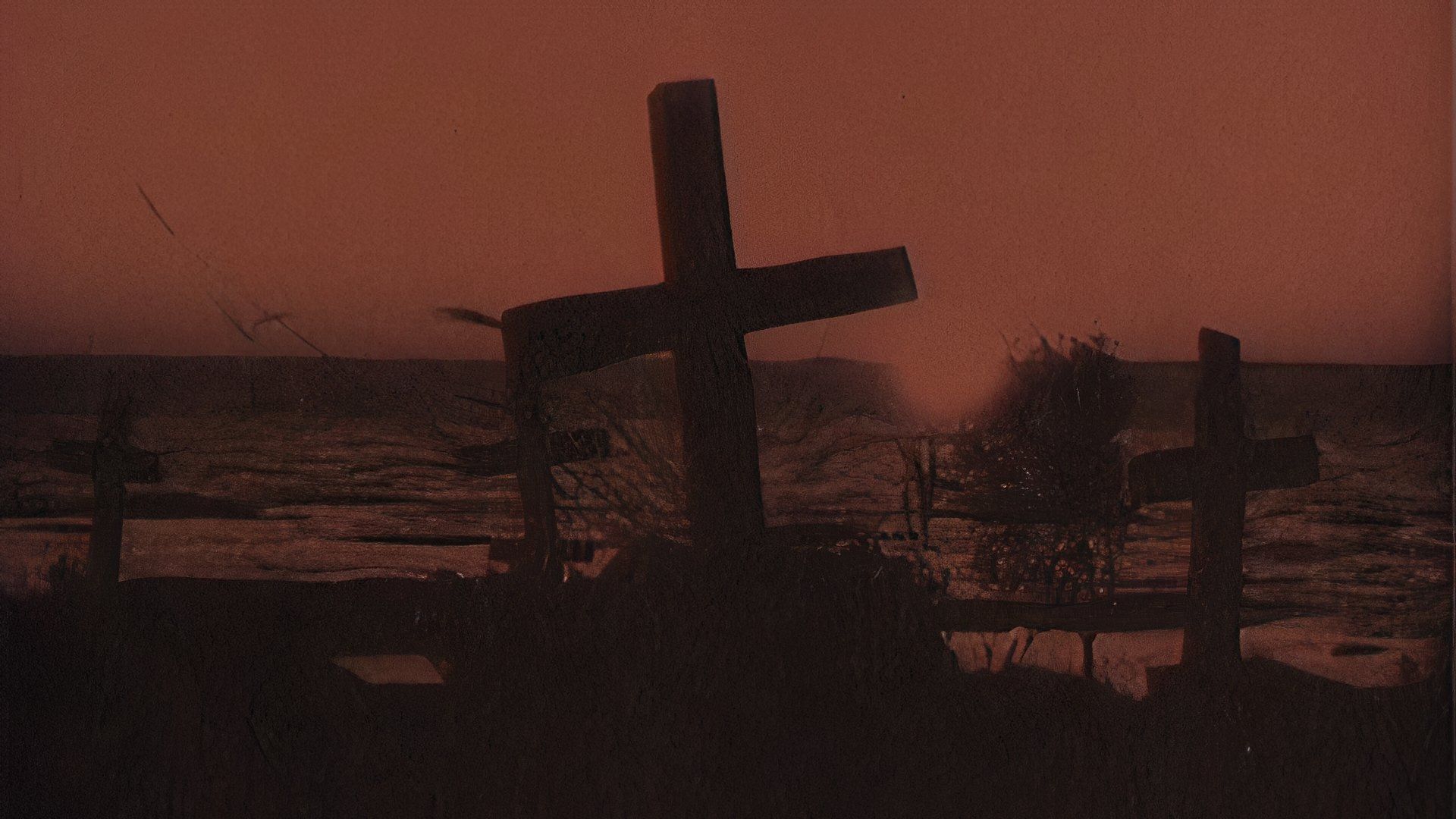
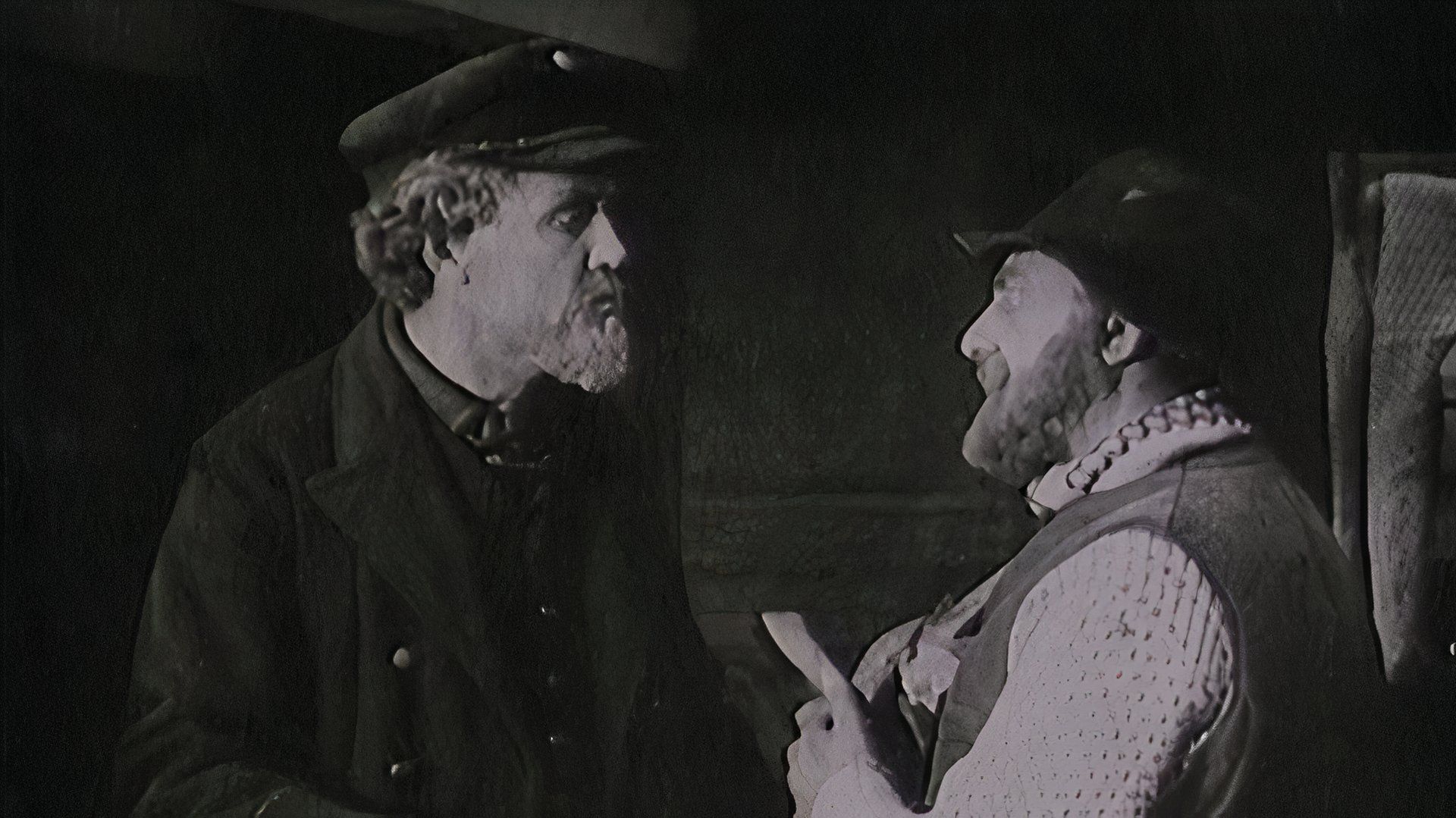
In the realm of silent cinema, I can’t stress enough the importance of giving Victor Sjöström’s Swedish Drama, A Man There Was, a watch. This film follows the life of Terje Vignen, a man who endures unimaginable tragedy during the Napoleonic Wars. While braving the elements to provide for his loved ones, he is captured by a British ship and upon his release, learns that his wife and child have perished. Fast forward through the years, it’s the same captain from that very ship who finds himself in dire straits during a ferocious storm, needing none other than our resilient protagonist to save him.
Testing Human Morality
In contrast to what some might find dull about silent foreign films, “A Man There Was” offers a deeply humanistic storyline that surpasses time, sparking thought-provoking discussions on themes such as morality, mercy, and grief. The protagonist, Terje, finds himself in a predicament where he must choose between seeking revenge for his family’s sake or offering aid to the individual who inflicted his most profound suffering.
14 The Cranes Are Flying (1957)
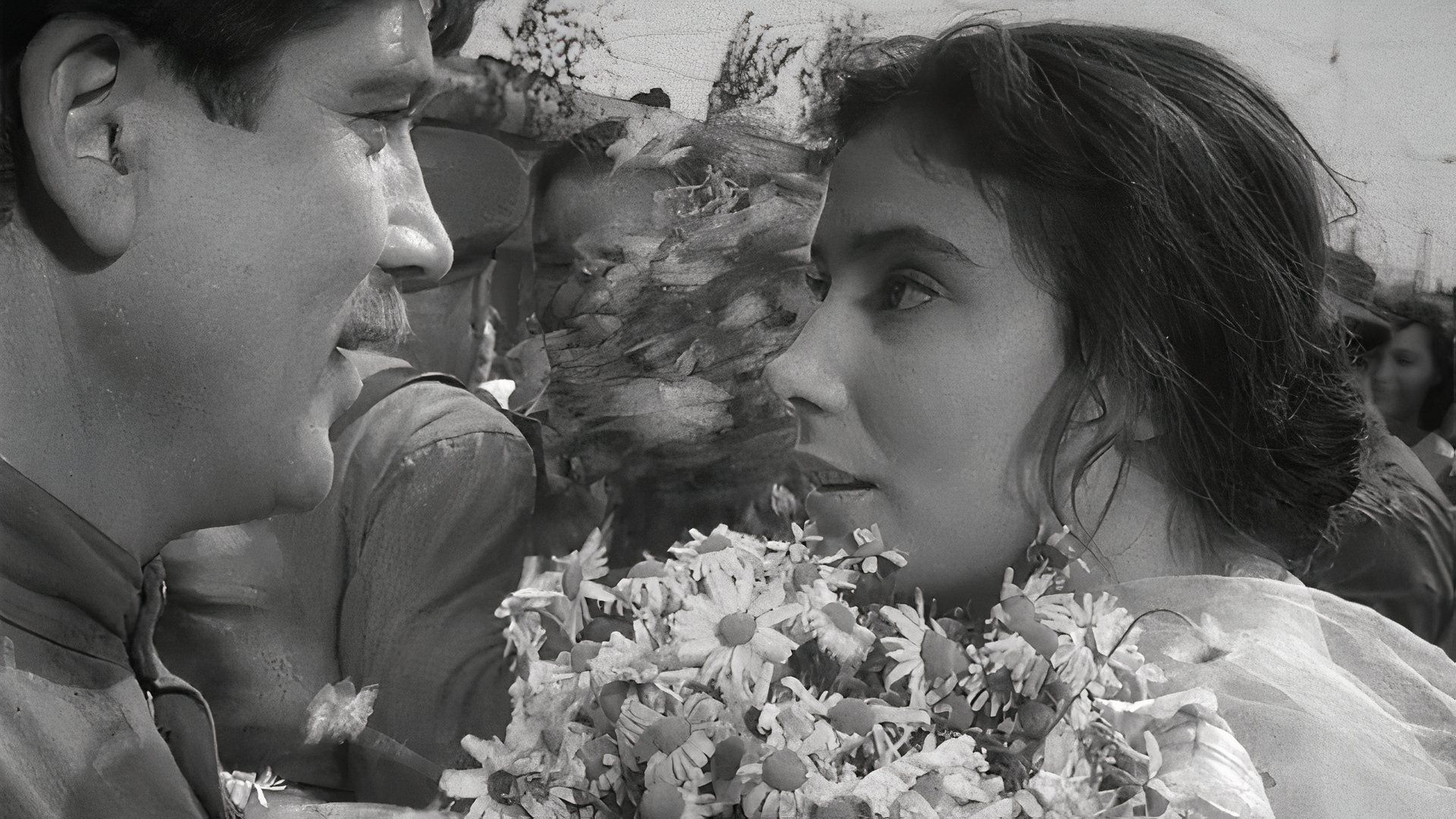
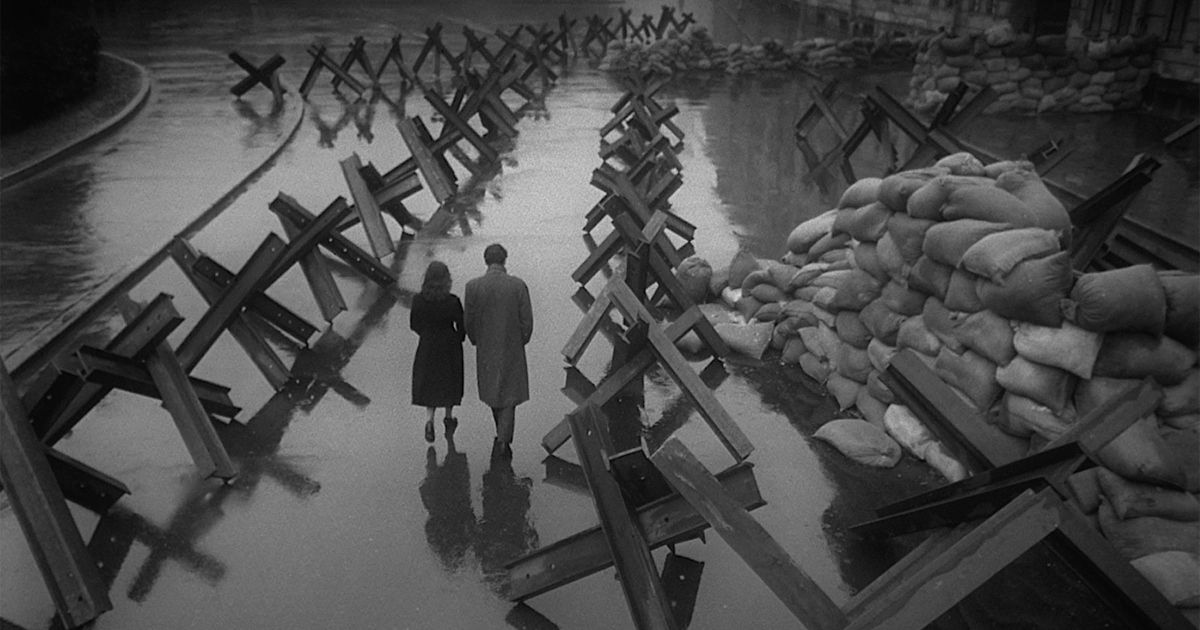
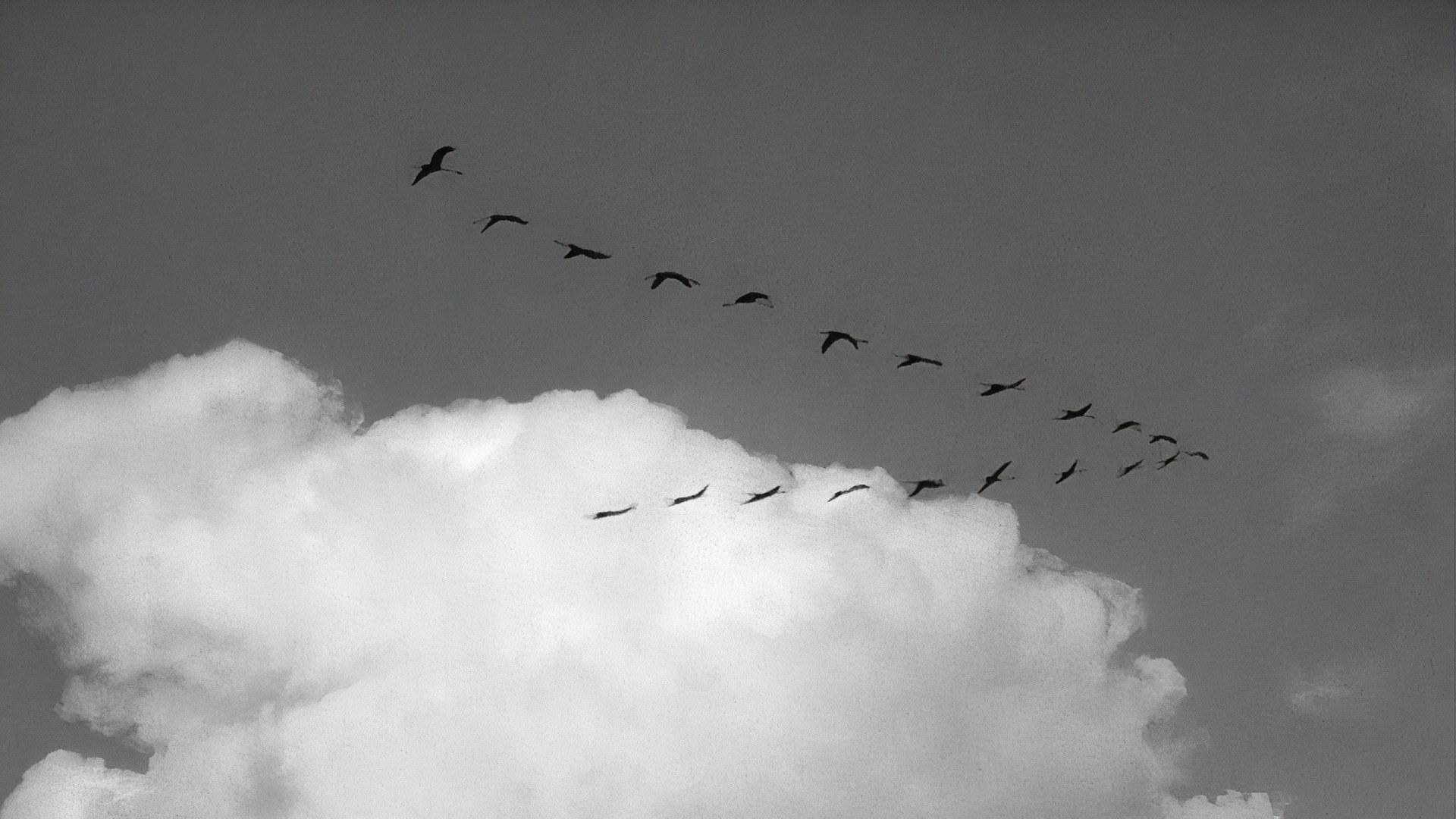
Mikhail Kalatozov’s Soviet war drama titled “The Cranes Are Flying” narrates the story of a young woman named Veronika residing in Moscow during World War II. A series of tragic events unfold when her lover, Boris, joins the army, and her parents perish in a German air raid. Subsequently, Boris’ family extends hospitality to Veronika; however, she encounters unwelcome advances from Boris’ cousin and is compelled into marriage with him. The film poignantly portrays Veronika’s feelings of isolation and apprehension while awaiting Boris’ return. Despite winning the Palme d’Or at the Cannes International Film Festival in 1957, the movie remains underappreciated compared to its merit today.
Precision of Camera
In addition to its deeply moving storyline, the cinematography and acting in The Cranes Are Flying deserve high praise. Many carefully planned tracking shots throughout the movie showcase exceptional camerawork for that era. Tatiana Samoilova delivers a heartfelt performance as Veronika, adding to the film’s emotional depth.
13 Lucía (1968)
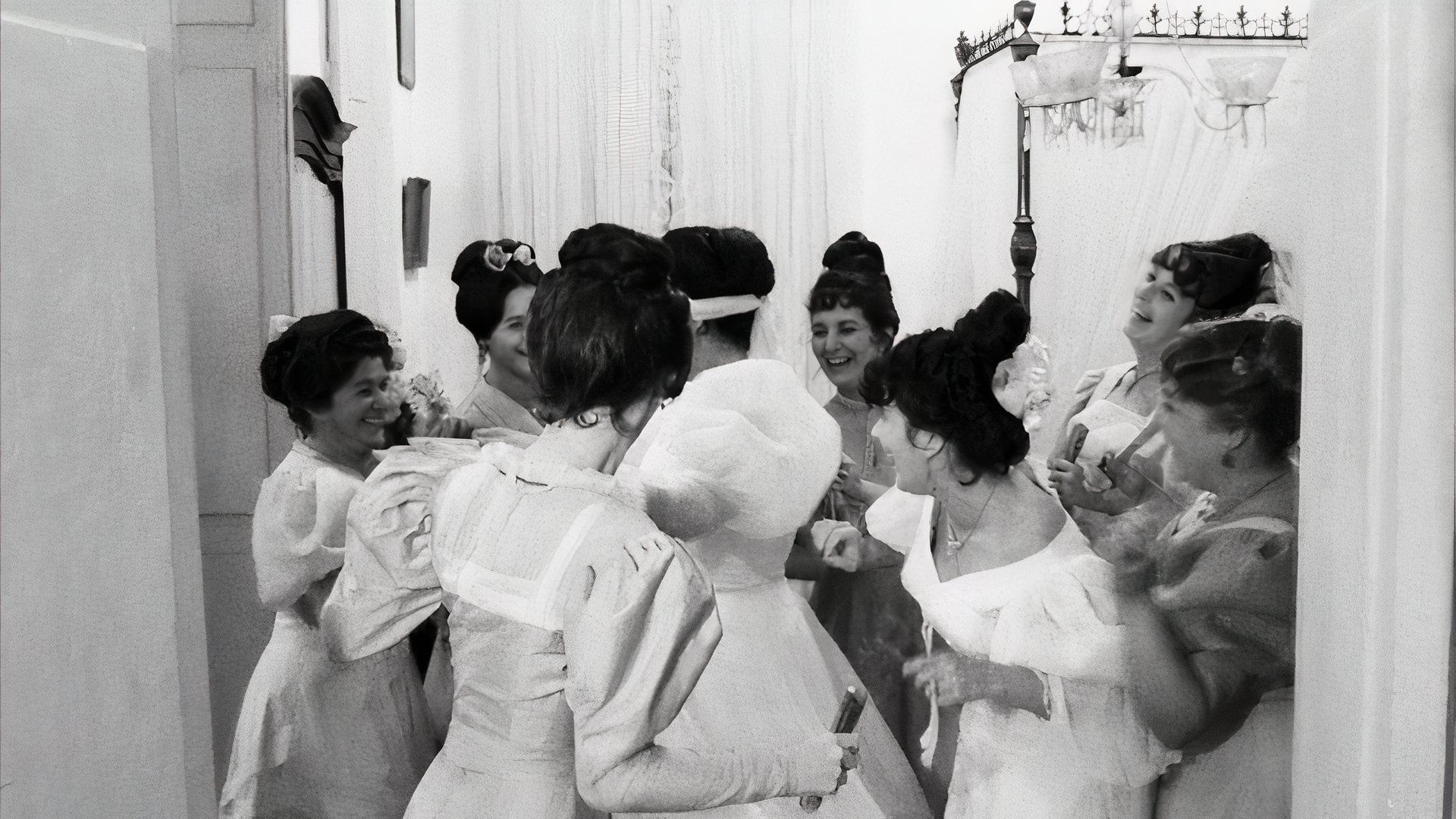
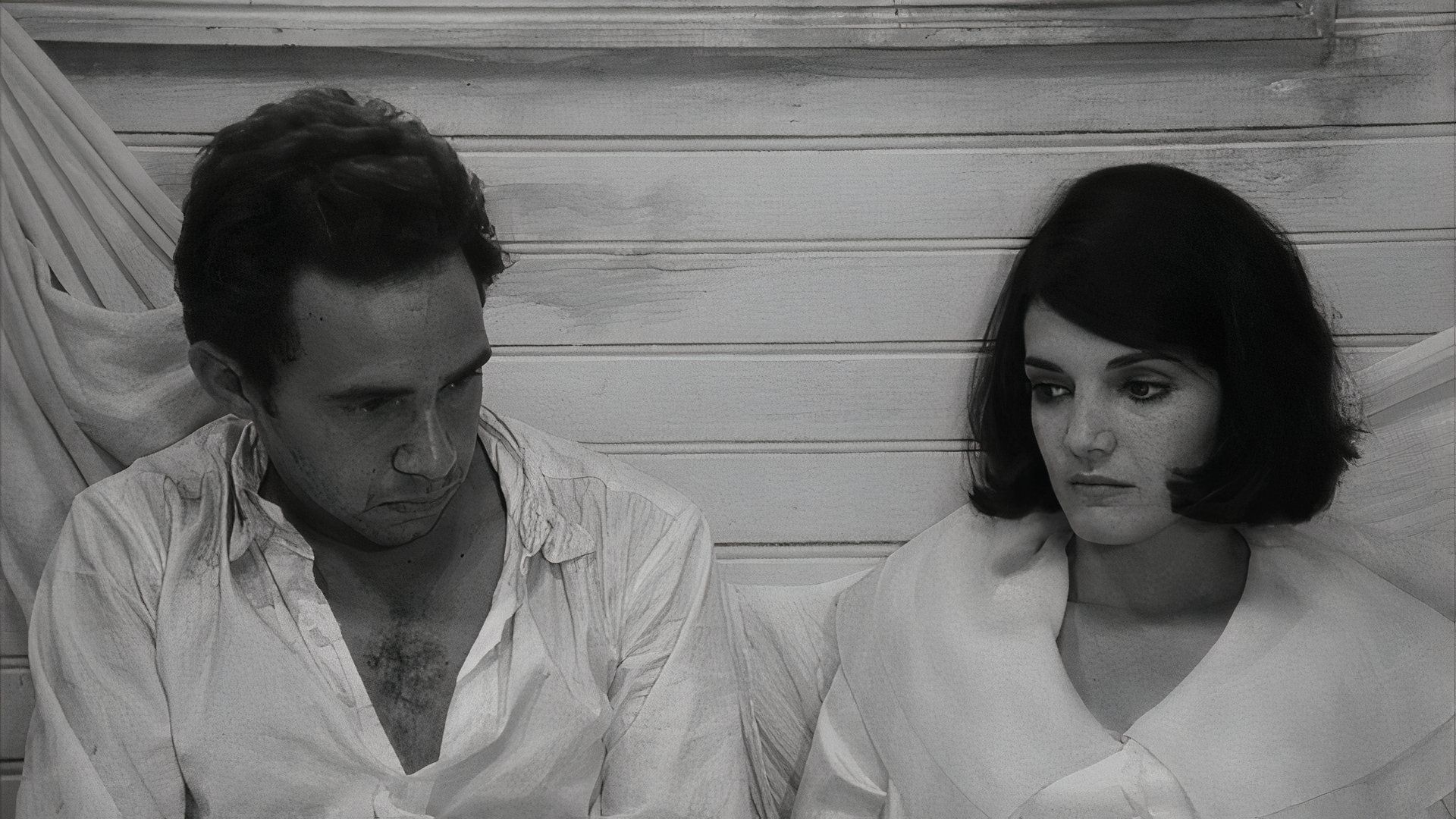
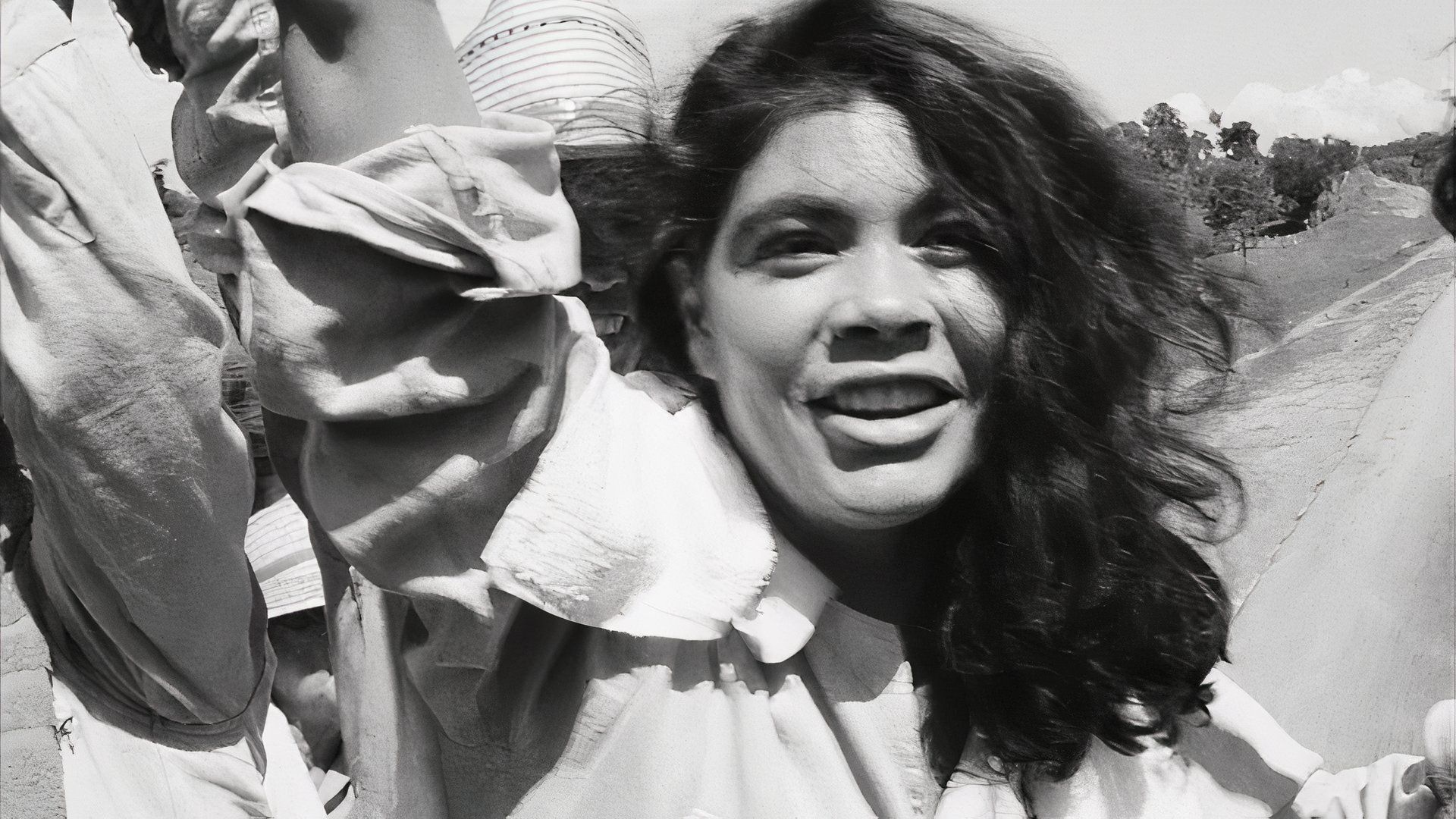
Humberto Solás’ movie “Lucía” consists of three interconnected parts, each centered around a female character bearing the same name at various points in Cuban history. The first Lucía, in 1895, finds herself amidst Cuba’s war and develops a romantic involvement with a man named Raphael, whom she intends to flee with. Fast forward to 1932, where another Lucía is actively participating in the revolution alongside her radical spouse, Aldo. Lastly, in the 1960s, we meet another Lucía who finds herself trapped in a harmful marriage.
Three Women; One Nation
Lucía’s narratives vividly portray significant moments in Cuban history from a female perspective, highlighting shifts in cultural norms, political upheavals, and social classes that define them. Yet, each story places these women within their respective political landscapes and delves into their roles in the home. Each tale is equally compelling, chronicling the simultaneous battles for women’s emancipation and national liberation.
12 Letter From Siberia (1957)
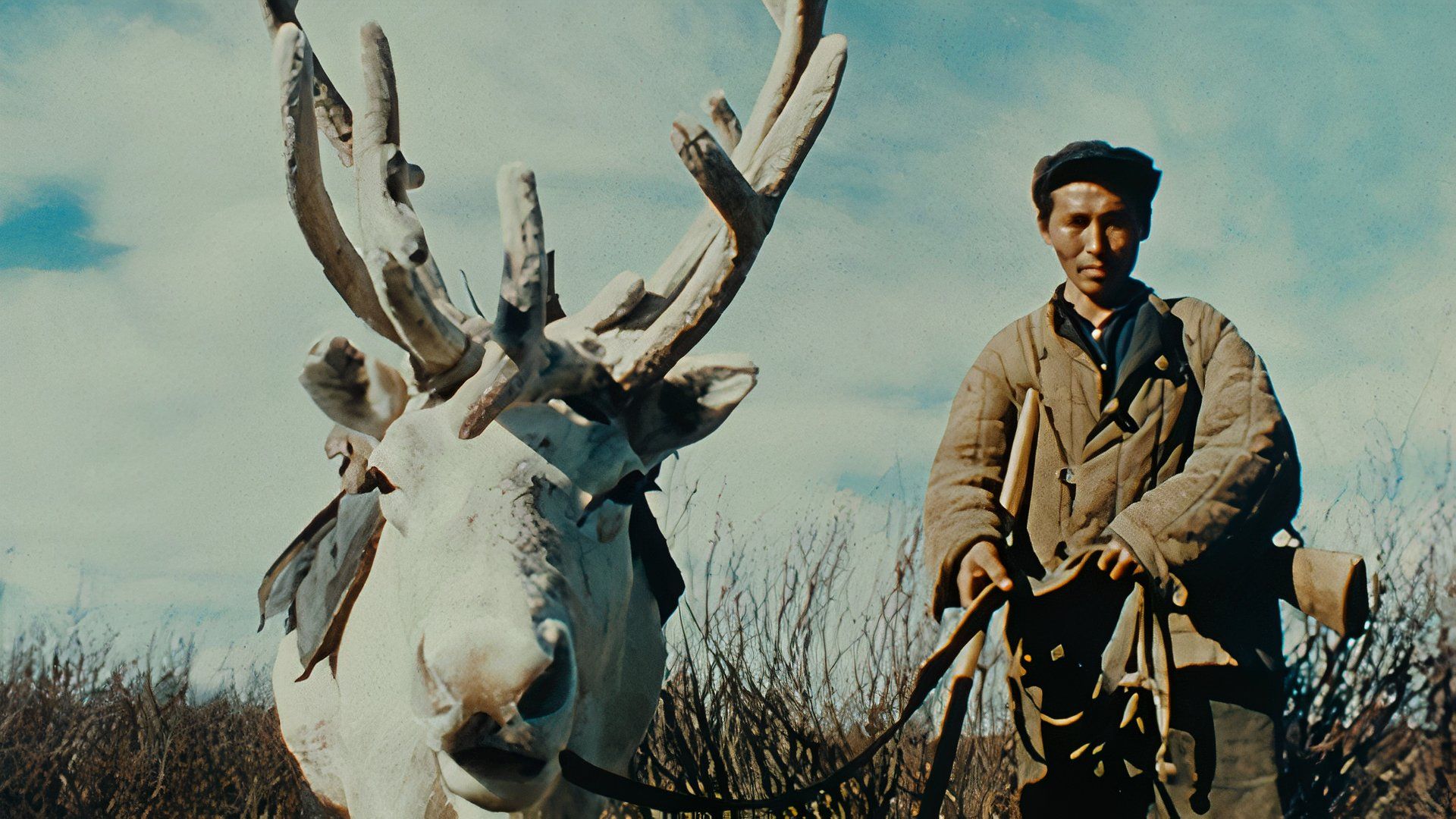
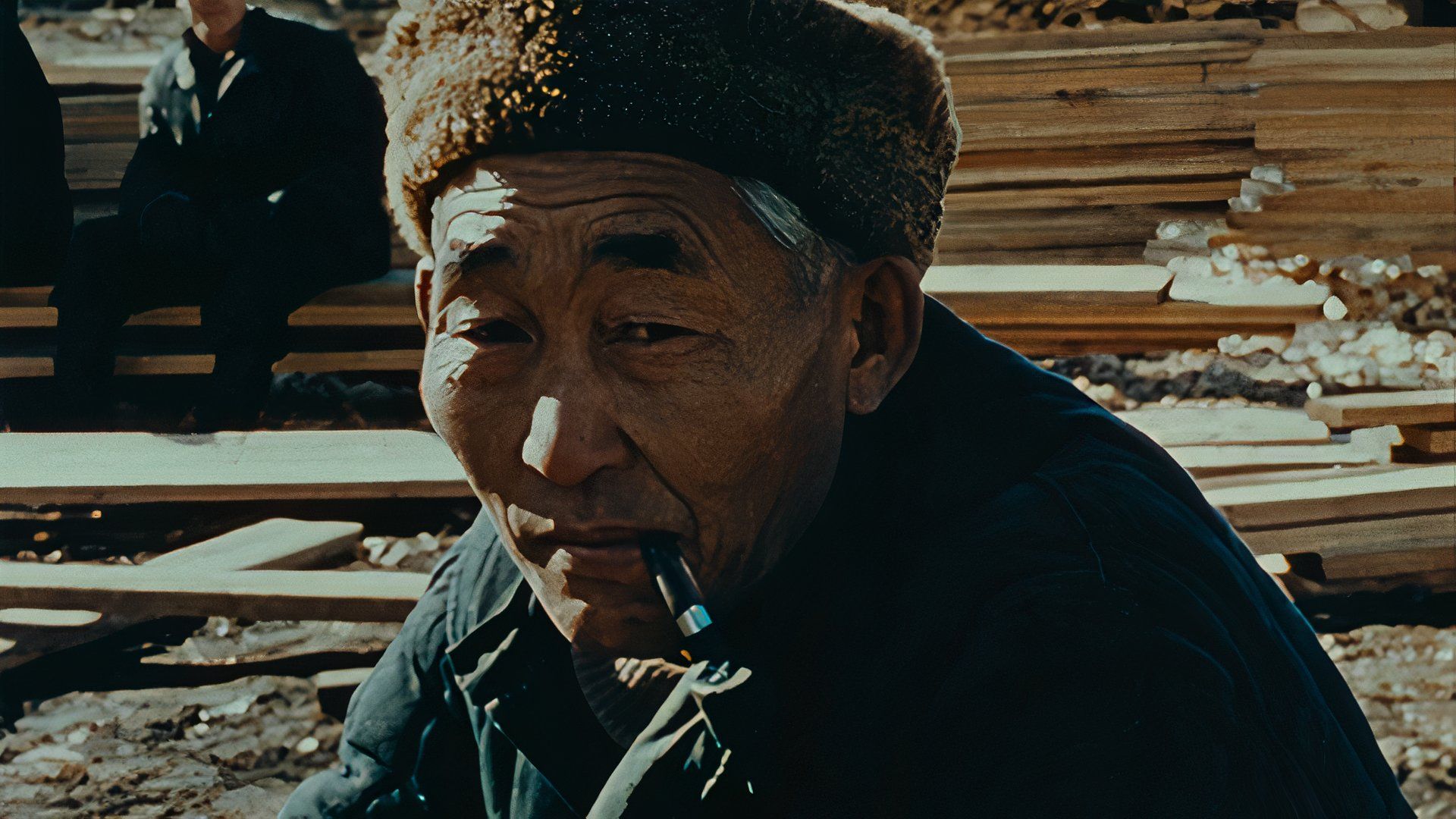
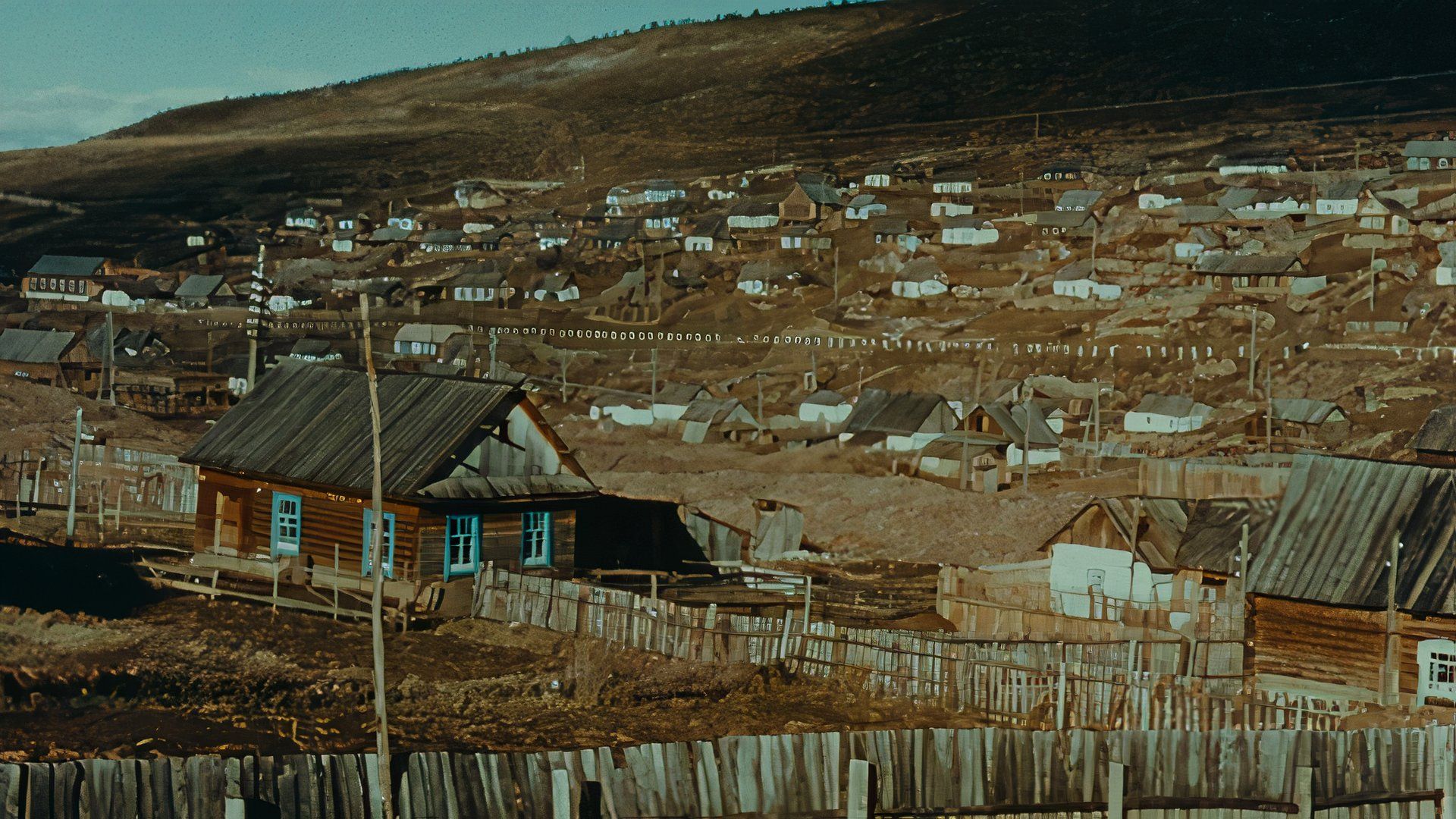
Chris Marker’s Letter From Siberia is an essayistic-style documentary, where he captures rural life in Siberia. It primarily features footage of the Siberian landscape and the everyday life of its inhabitants. A newscaster-style voiceover provides commentary on Siberia’s history, culture, and politics alongside Marker’s experiences in the region.
Poetry Spoken Through Landscape
As a movie enthusiast, I’d say “Embarking on Letter from Siberia is like stepping into a time machine, offering a captivating glimpse of a remote rural area during an era of unprecedented global advancement. The film artfully blends vividly colored visuals with incisive, yet humorous social commentary, making it a delightful watch. While Chris Marker may be renowned for his groundbreaking works like the short film La Jetée (the basis for 12 Monkeys) and the documentary Sans Soleil, Letter from Siberia stands out as a lesser-known gem in his remarkable body of work. Marker’s unique filmmaking style deftly balances both non-fiction and fictional storytelling techniques, often leaving viewers puzzled, enlightened, and deeply pondering the human experience.
11 Purple Noon (1960)
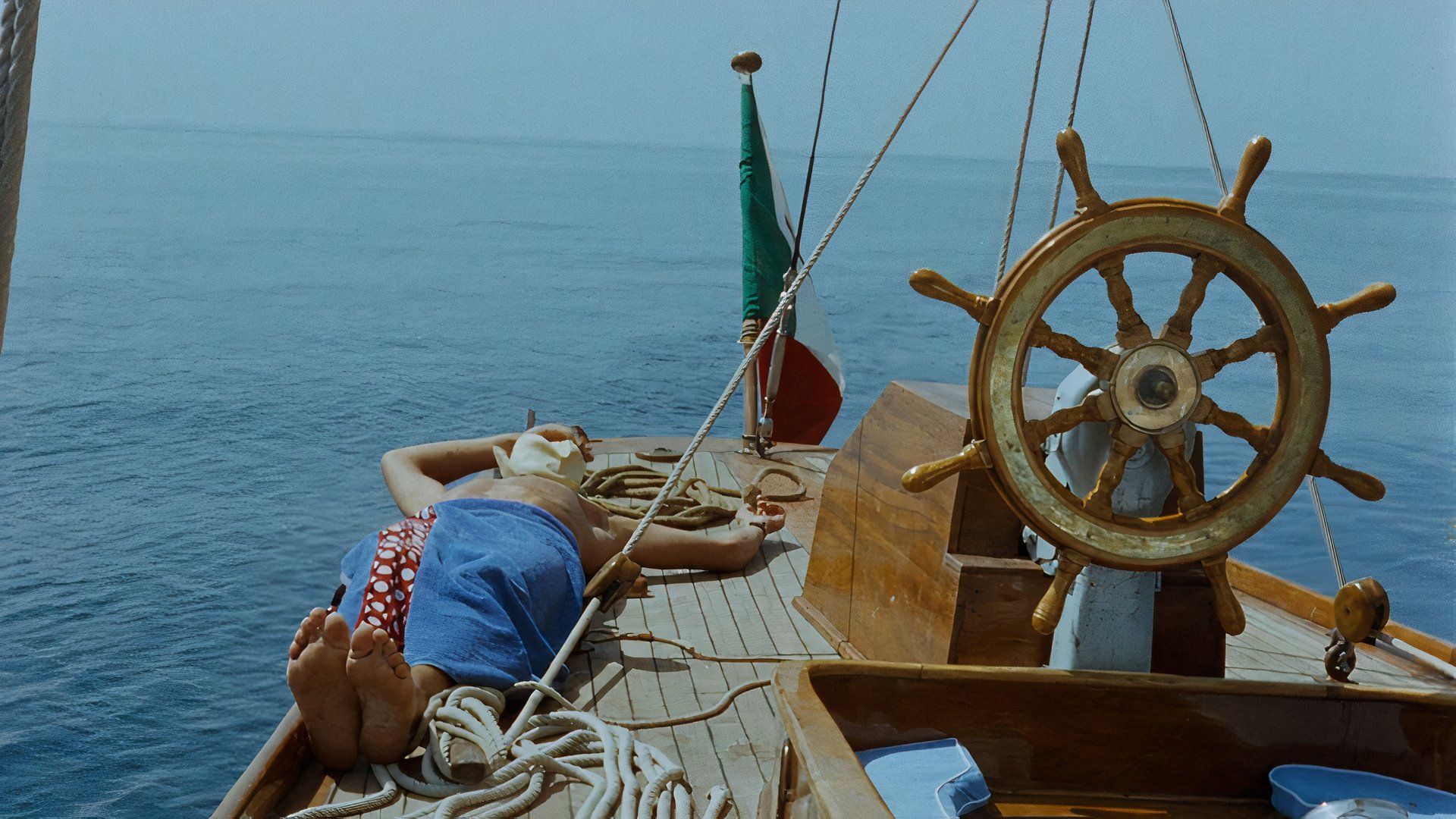
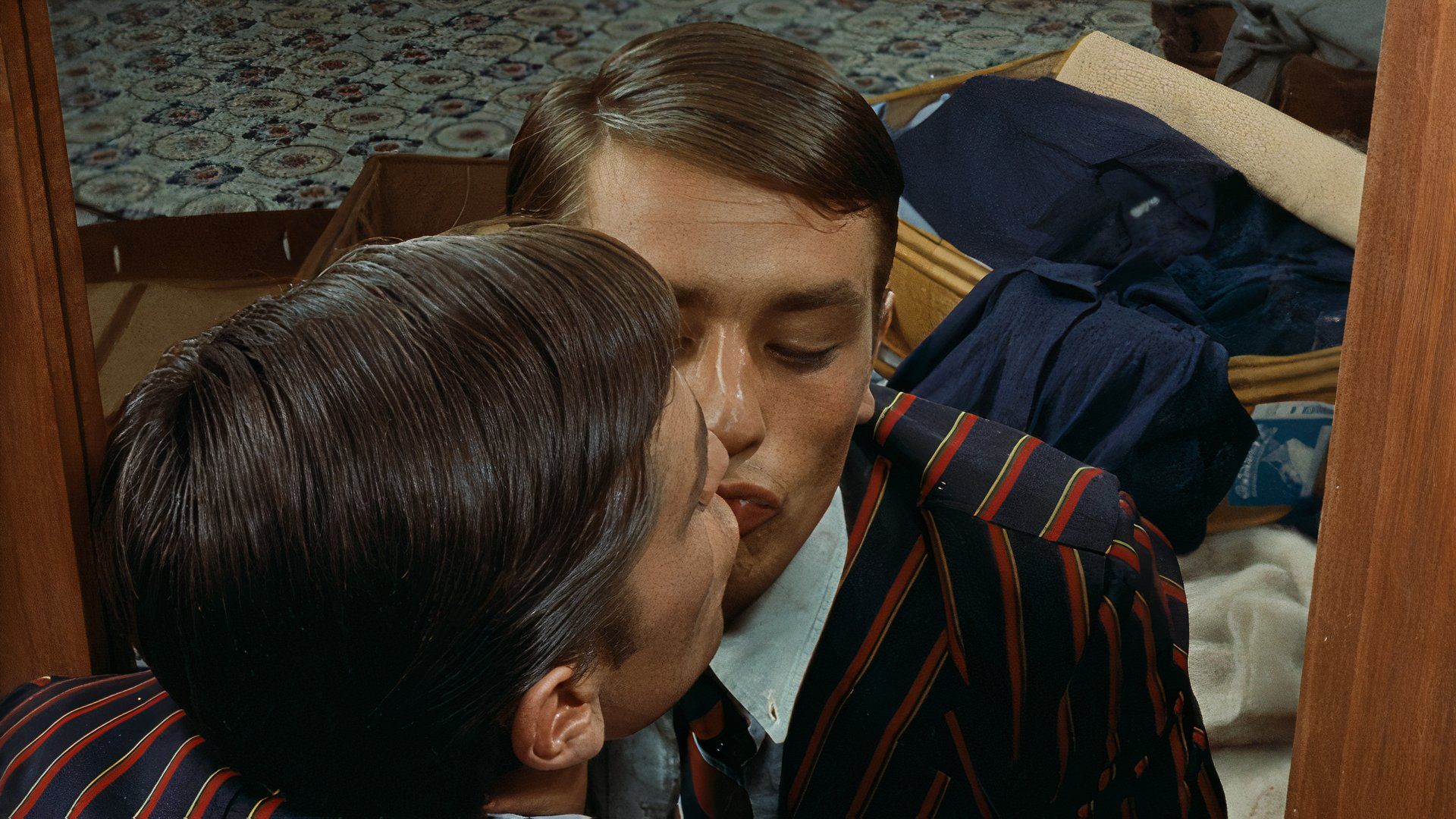
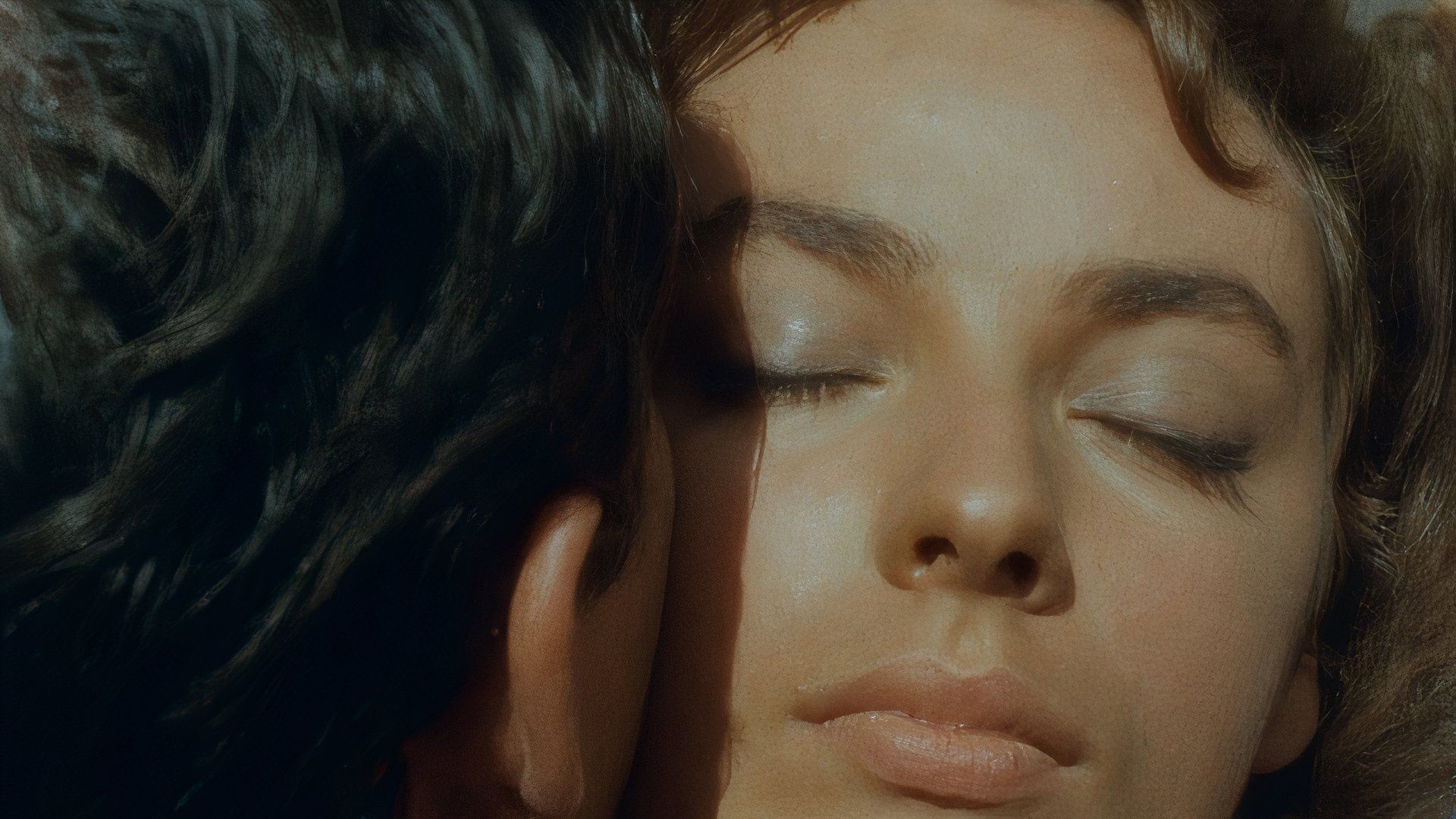
In the film “Purple Noon,” directed by René Clément, we find a version of Patricia Highsmith’s novel “The Talented Mr. Ripley.” The lead role of Tom Ripley is played by Alain Delon, who is hired by a wealthy businessman to bring his son, Phillipe (Maurice Ronet), back home to manage the family business. However, Tom becomes captivated by Phillipe’s lavish lifestyle and resorts to drastic actions to make it his own. The film offers a visually appealing experience due to its rich cinematography and careful framing.
European Charm
Instead of being overshadowed by the 1999 adaptation starring Matt Damon, the French flair that Clement adds to the popular thriller novel and Alain Delon’s new-wave allure cannot be matched. The recent demise of Alain Delon has led to a resurgence in watching his finest performances, and “Purple Noon” is an excellent selection for this purpose.
10 The Shop on Main Street (1965)
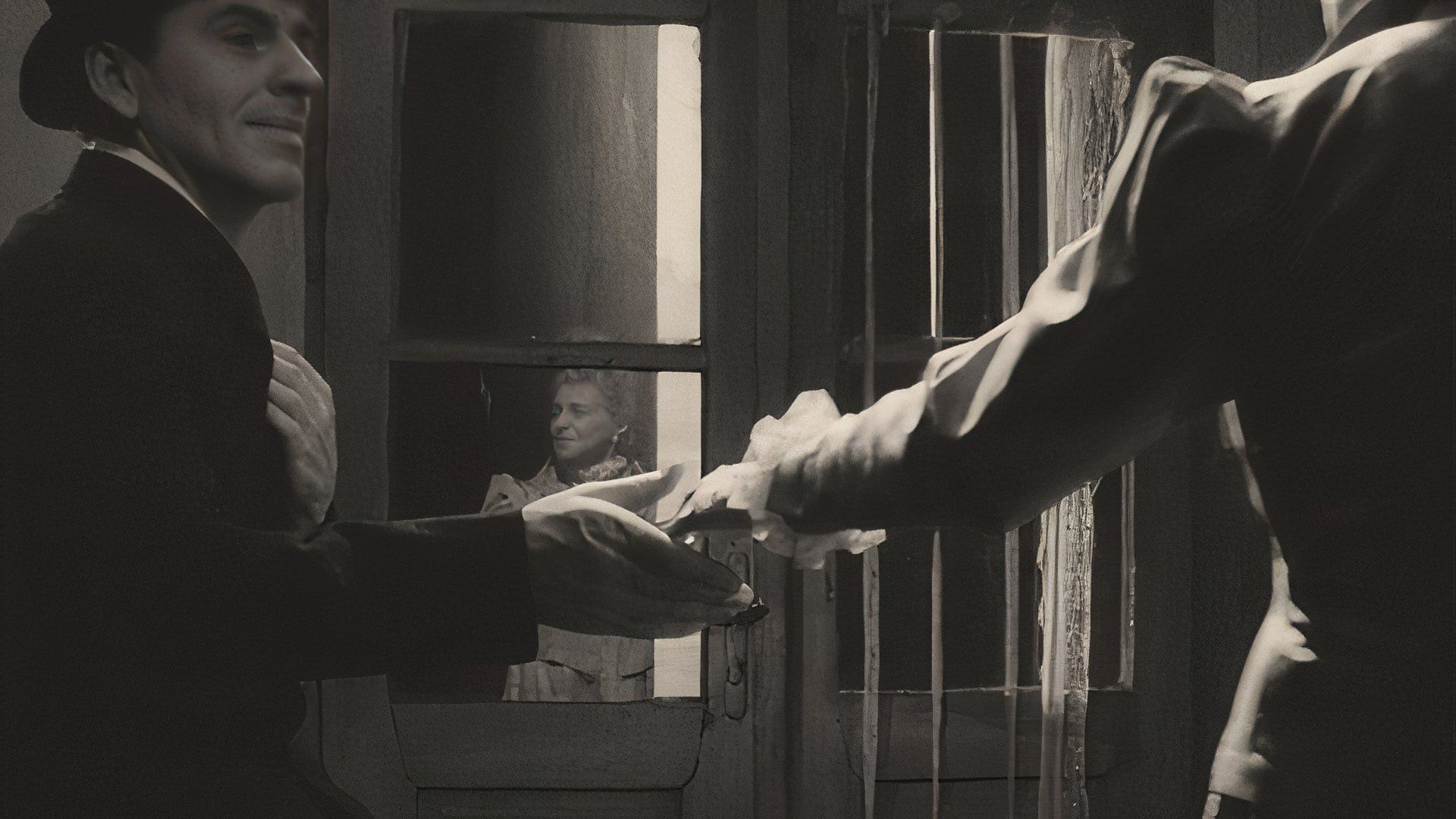
The Shop on Main Street is a lesser-known World War II drama directed by Ján Kadár and Elmar Klos. In occupied Slovakia during the war, a man named Tono becomes the Aryan overseer of a sewing shop belonging to an elderly Jewish widow, Rozàlia. As the authorities plan to relocate the town’s Jewish residents, Tono must grapple with a moral dilemma.
Balancing Humor and Tragedy
The Shop on Main Street is a poignant movie that unfolds during the peak of the European fascist era, yet it manages to infuse humorous scenes as it portrays an unusual bond between Tono and Rozàlia. The film uses sweeping shots and dreamlike sequences with soft focus, which earned it critical acclaim upon release, but today, it is largely overlooked.
9 Symbiopsychotaxiplasm: Take One (1968)
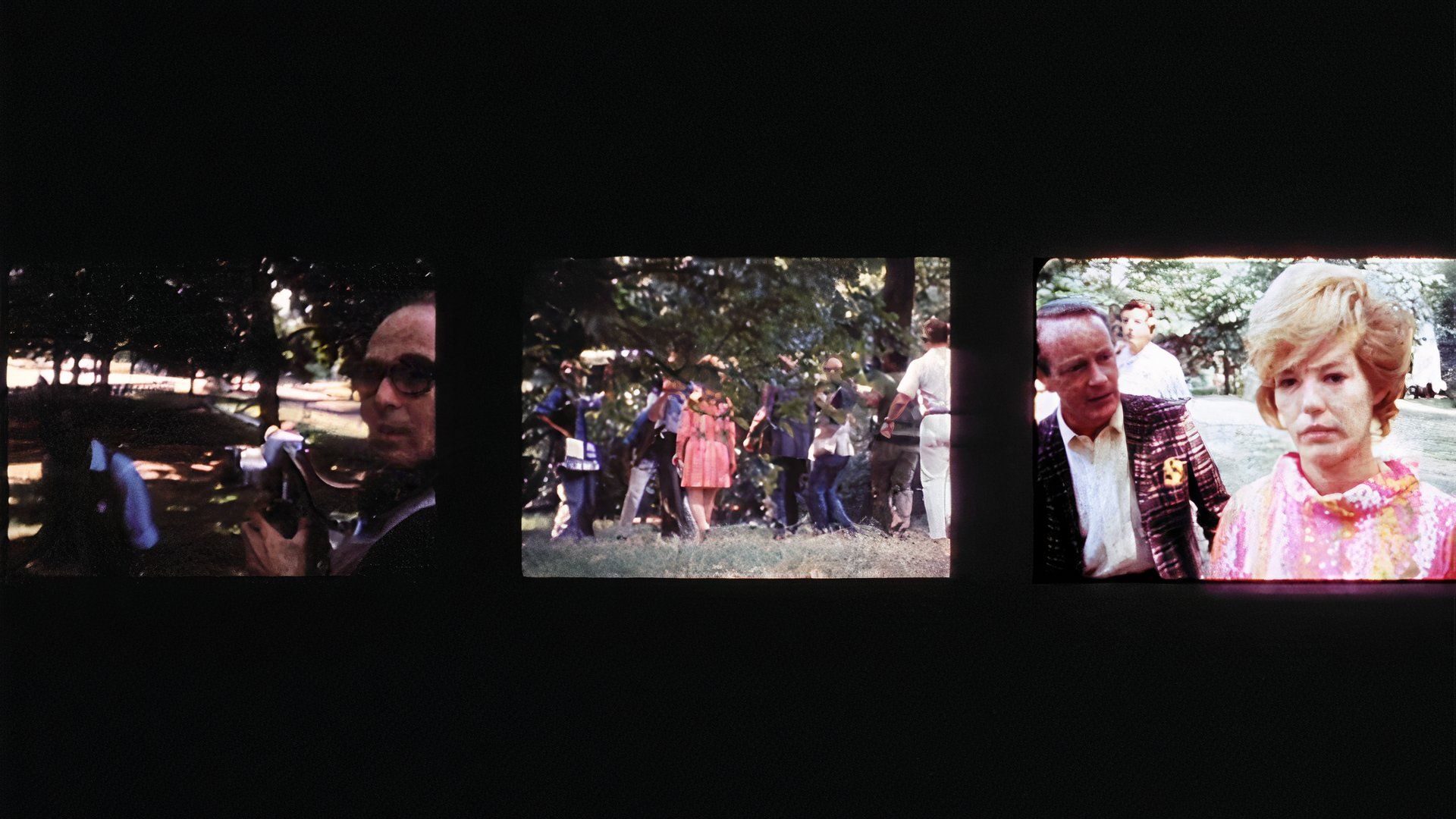
“Symbiopsychotaxiplasm: Take One” weaves reality and storytelling by tracking a fictitious movie production team roaming around New York City, seeking actors for their project. Filmmaker William Greaves aims to dissect the illusion of cinema by utilizing three separate film crews, each capturing the same location from distinct angles. Greaves portrays an inexperienced director character, adding another layer to the intricate storyline.
The Camera’s Eye
One distinctive aspect of “Symbiopsychotaxiplasm: Take One ” lies in its innovative attempt to portray “reality,” opening up avenues for exploration into the very essence of film itself. For instance, Greaves incorporates shots that showcase what each of the three cameras is capturing at a particular moment, enhancing perspective, while the hired filmmakers criticize Greaves because they believe he lacks perspective due to his unclear understanding of the film’s purpose. This multifaceted approach to the film encourages viewers to form their own opinions about the connection between images and reality.
8 Céline and Julie Go Boating (1974)
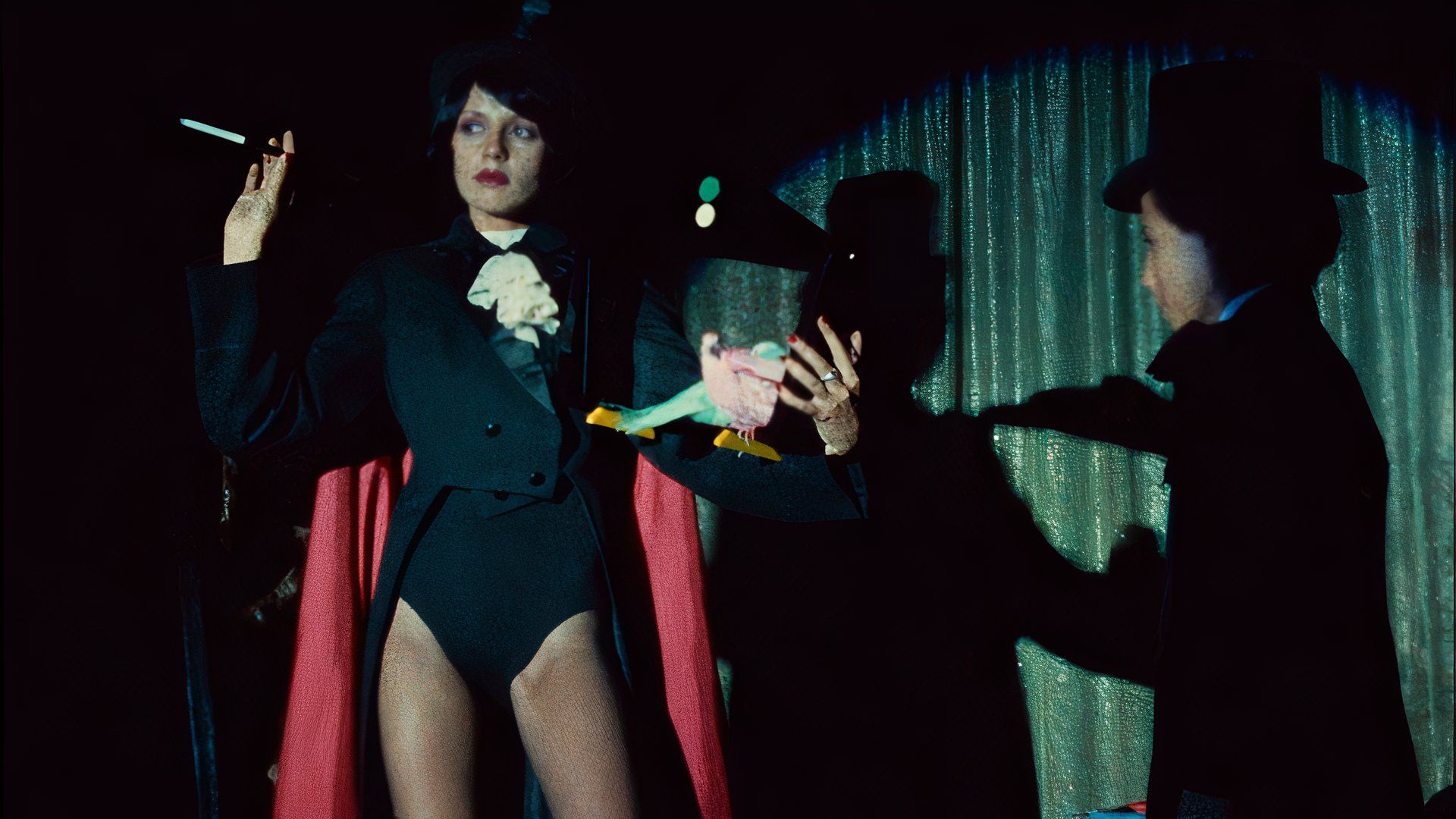
Jacques Rivette’s film “Céline and Julie Go Boating” tells the story of Céline, who is a magician, and Julie, a librarian. The two women embark on an enchanting journey together as they explore a mysterious mansion, where they stumble upon an alternate world filled with intrigue, specifically a murder mystery. Eventually, they discover they have the power to influence this storyline by entering its plot and either changing or reenacting its events.
Time-Bending Surrealism
The movie “Céline and Julie Go Boating” delves into the concept of time within cinema through its repeated exploration of narrative scenarios. It immerses viewers in a dreamlike state, embodying the essence of unconscious fantasy. This film bears striking resemblances to David Lynch’s 2001 production, “Mulholland Drive,” possibly serving as an influence for it, making it a must-see for fans of Lynch’s work.
7 India Song (1975)
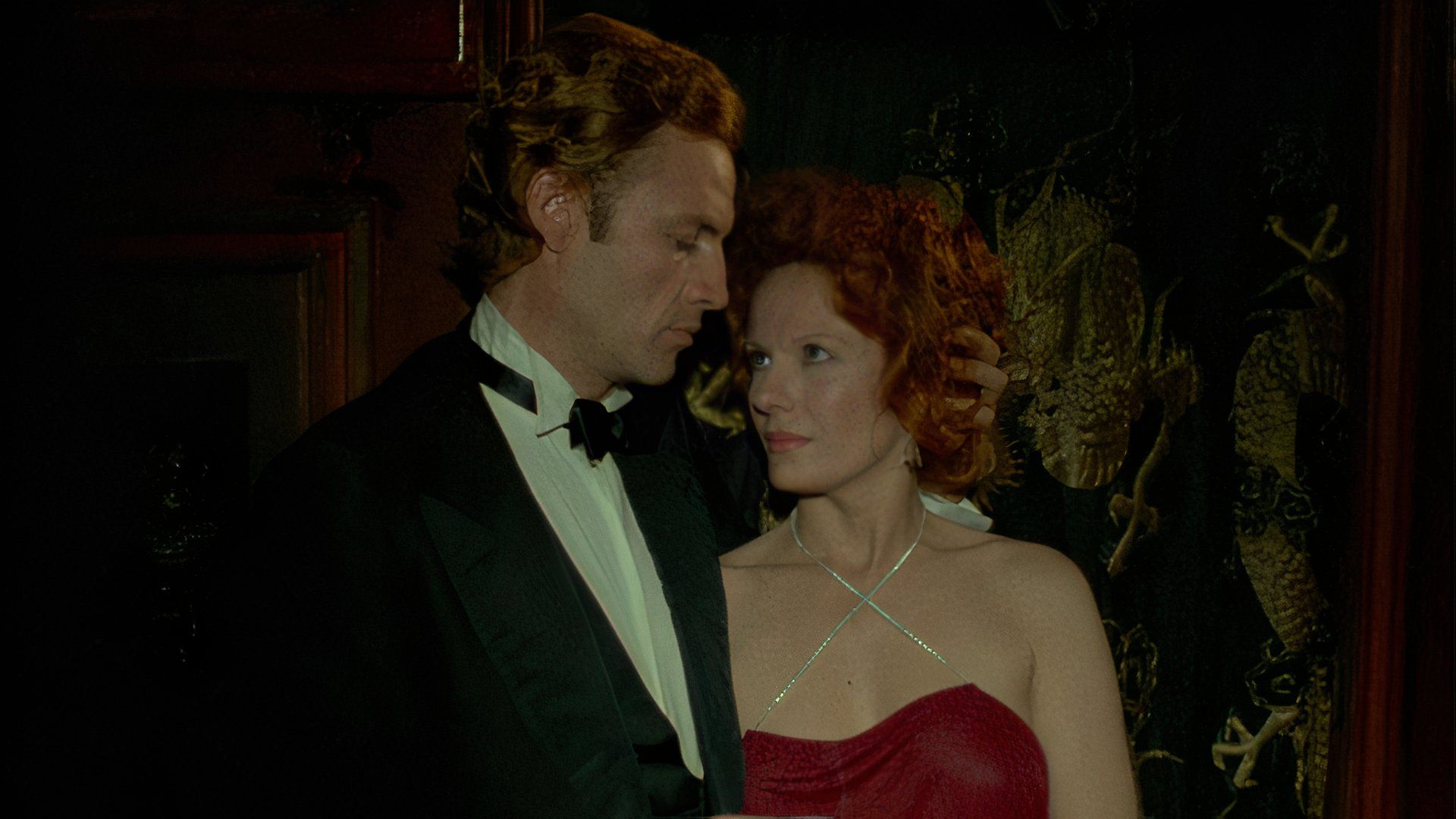
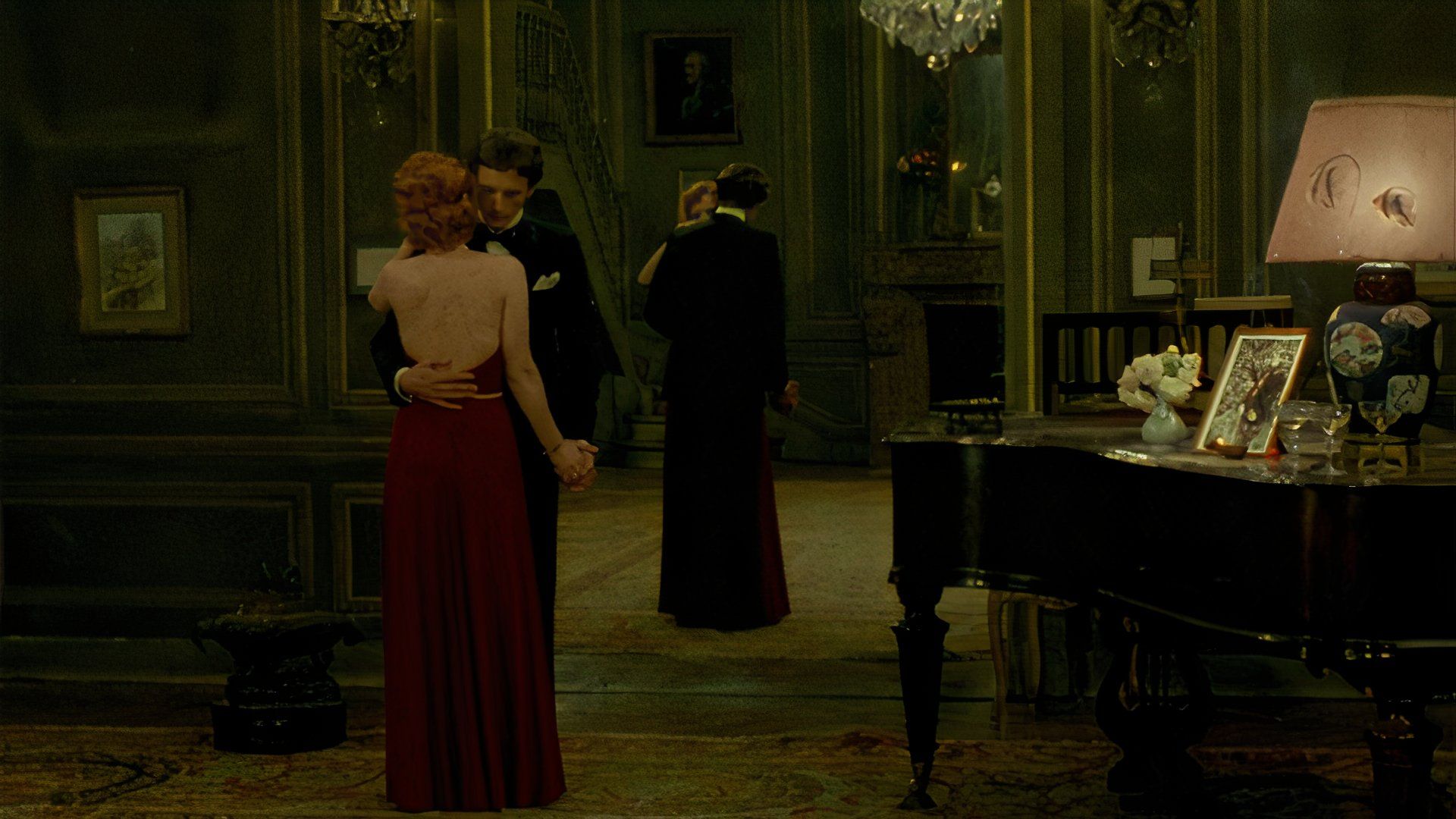
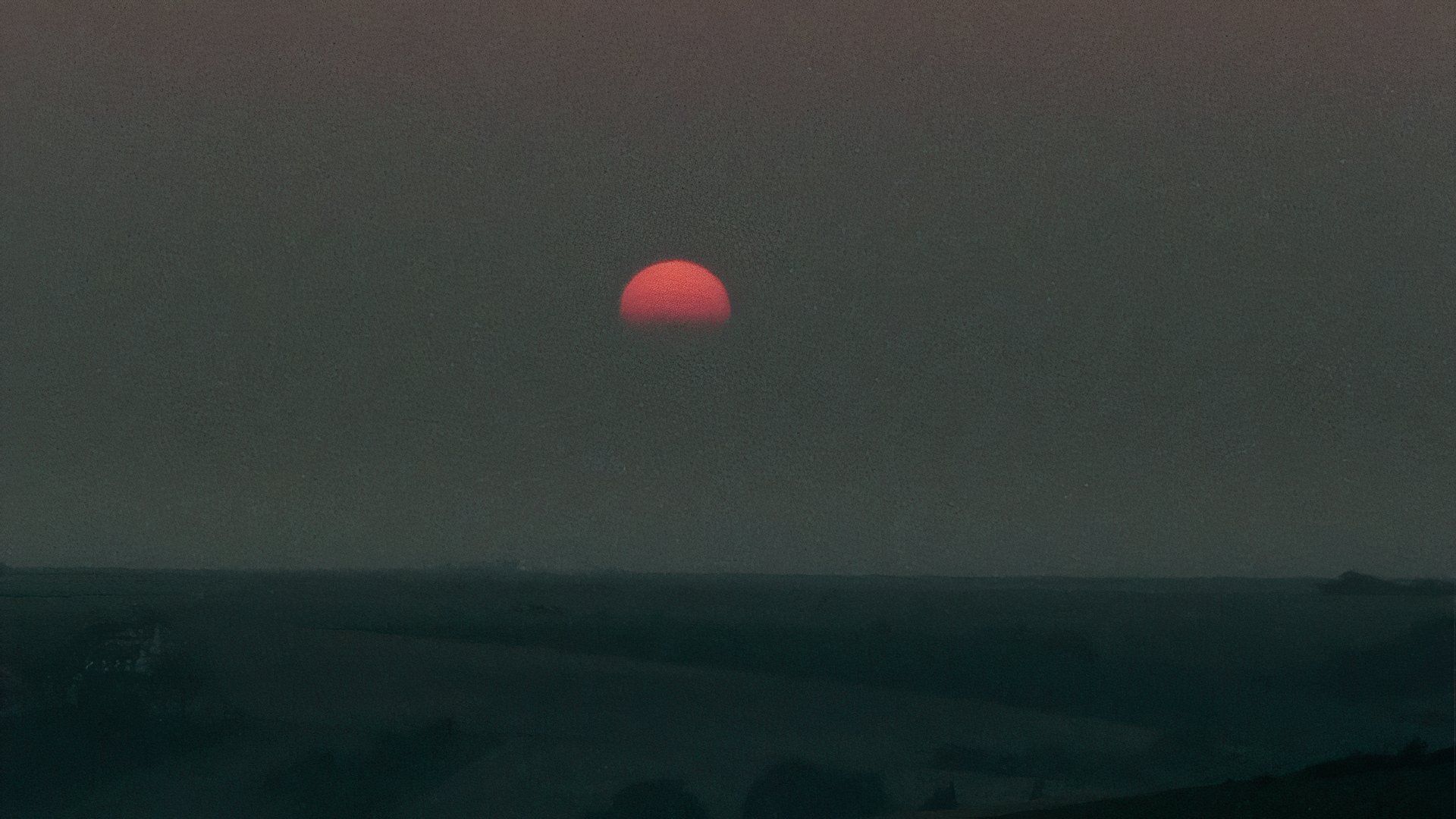
The captivating French writer and dramatist, Marguerite Duras, presents the movie titled India Song. This film portrays a married woman’s deep sadness as she becomes entangled in numerous romantic liaisons. The story unfolds predominantly within the opulent residence of Anne-Marie, the main character, where her outer wealth starkly contrasts with her inner void. India Song serves as an artistic exploration on the disconnect between visuals, audio, and text. This film offers a hypnotic journey, further enhanced by the enchanting soundtrack of Carlos D’Alessio and soothing voice-over narration.
Mastery of Dialogue
As a movie reviewer, I find myself captivated by Marguerite Duras’ unique approach to dialogue, a precision that’s both straightforward and singularly expressive, tackling the unrepresentable with grace. Her screenplay for Alain Resnais’ 1959 masterpiece, “Hiroshima Mon Amour“, which you can catch on the Criterion Channel, earned a nomination for Best Original Screenplay at the Academy Awards. When Duras wields the camera, her creativity transcends traditional cinematic boundaries, forging innovative paths that defy established constructs and paving the way for something truly original.
6 Losing Ground (1982)

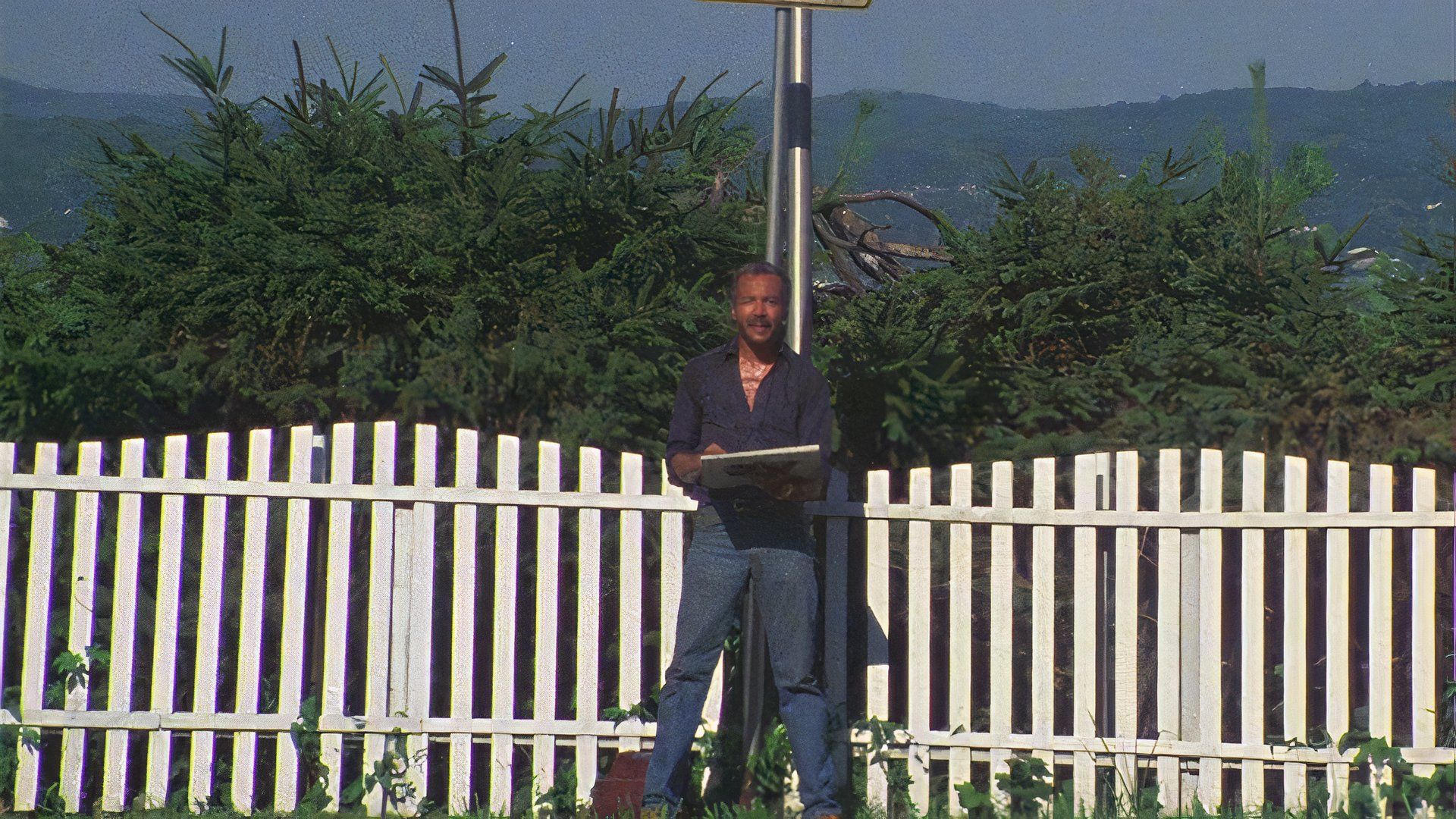
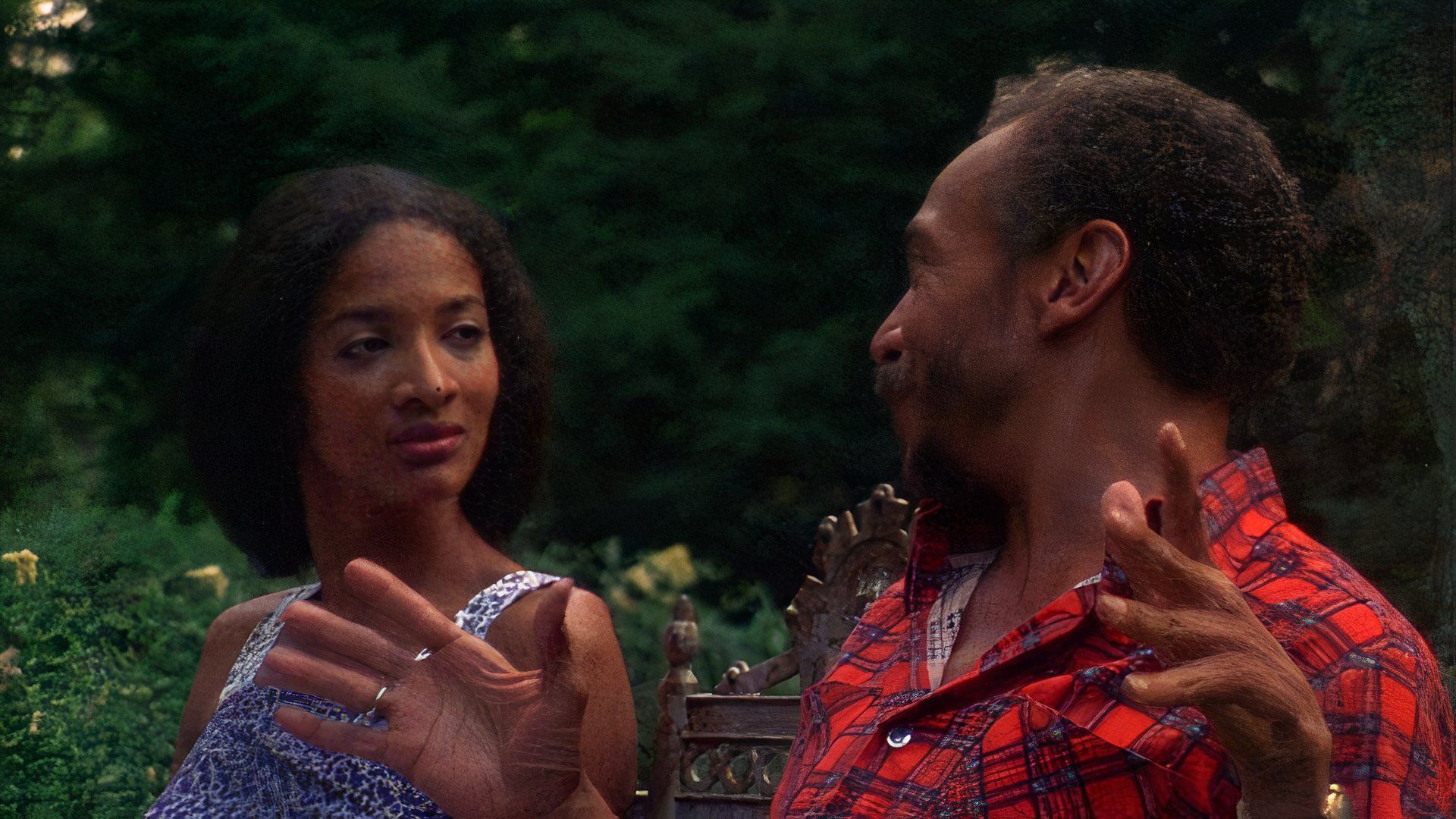
Kathleen Collins’ film Losing Ground focuses on the relationship between Sara, a philosophy professor, and Victor, a renowned artist. As they pursue their individual careers and personal journeys, their bond weakens and issues surface. The movie delves into the complexities of love, self-reliance, and transformation by portraying a marriage on the verge of dissolution.
Midlife Awakenings
Kathleen Collins’ semi-autobiographical film was one of the initial full-length movies directed by an African-American female. Often overlooked in its day, Losing Ground presents a sincere and vibrant depiction of a woman whose academic pursuits transform into a personal voyage of self-exploration as she embraces novel encounters.
5 My Heart Is That Eternal Rose (1989)
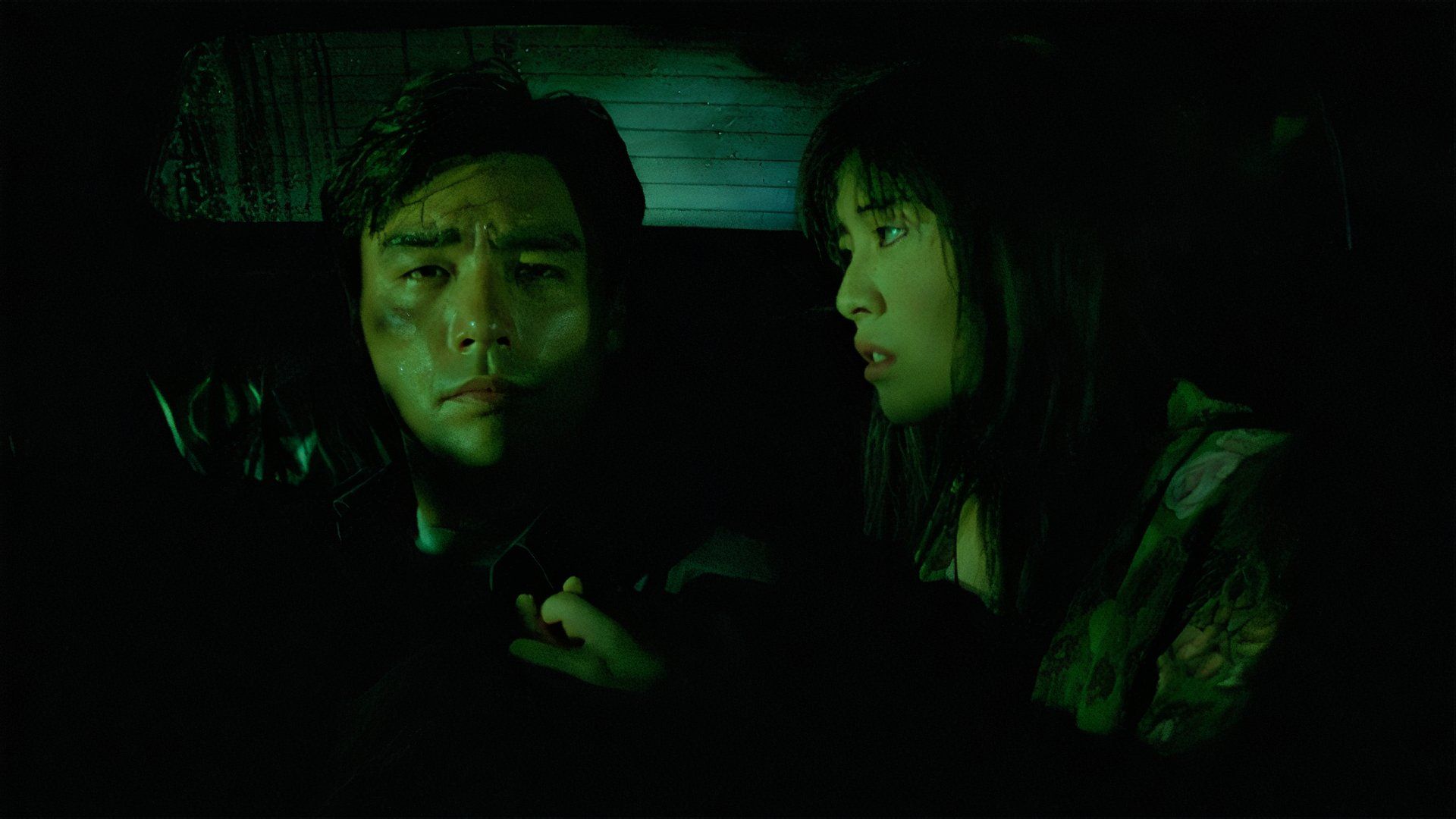
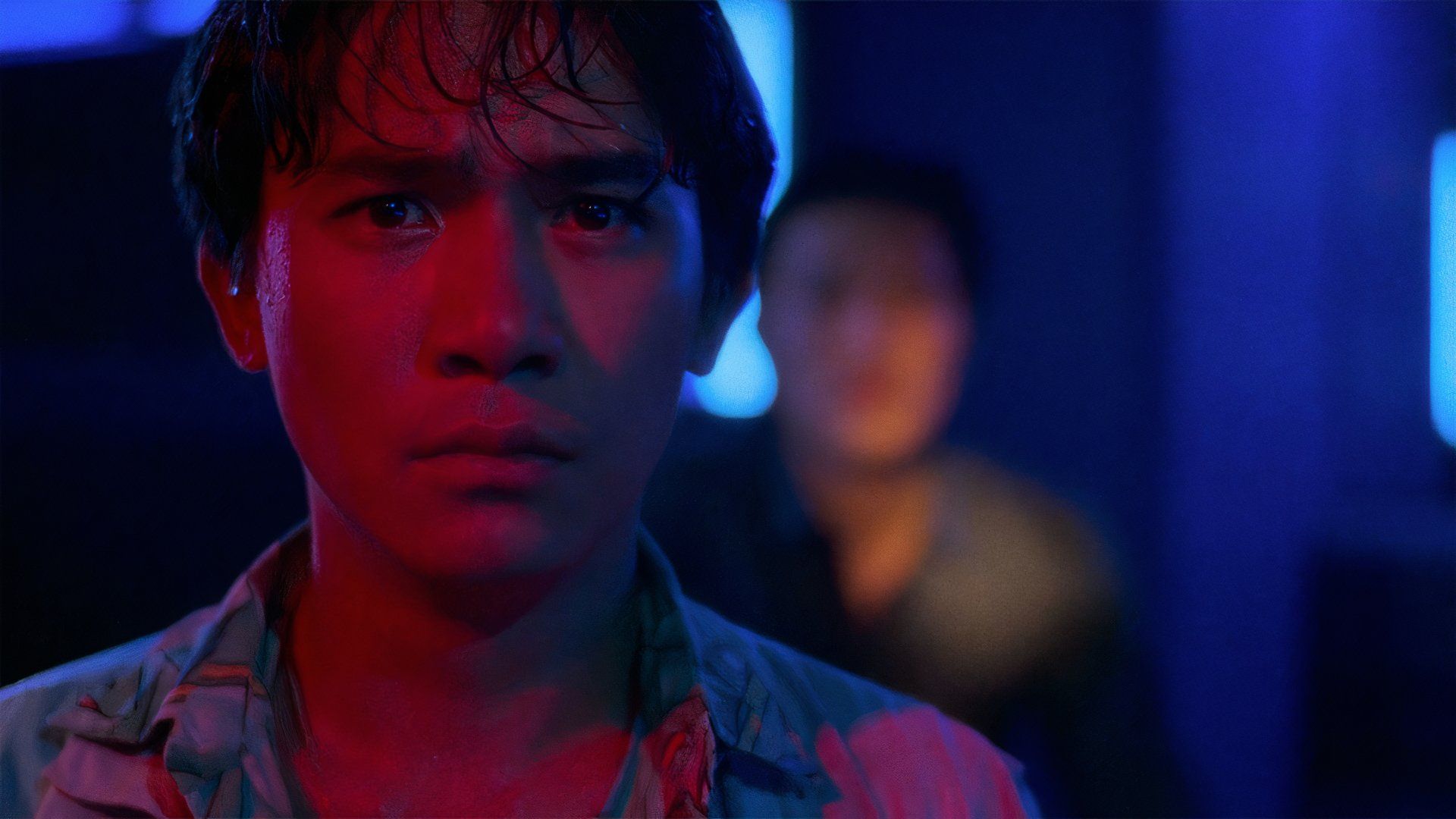
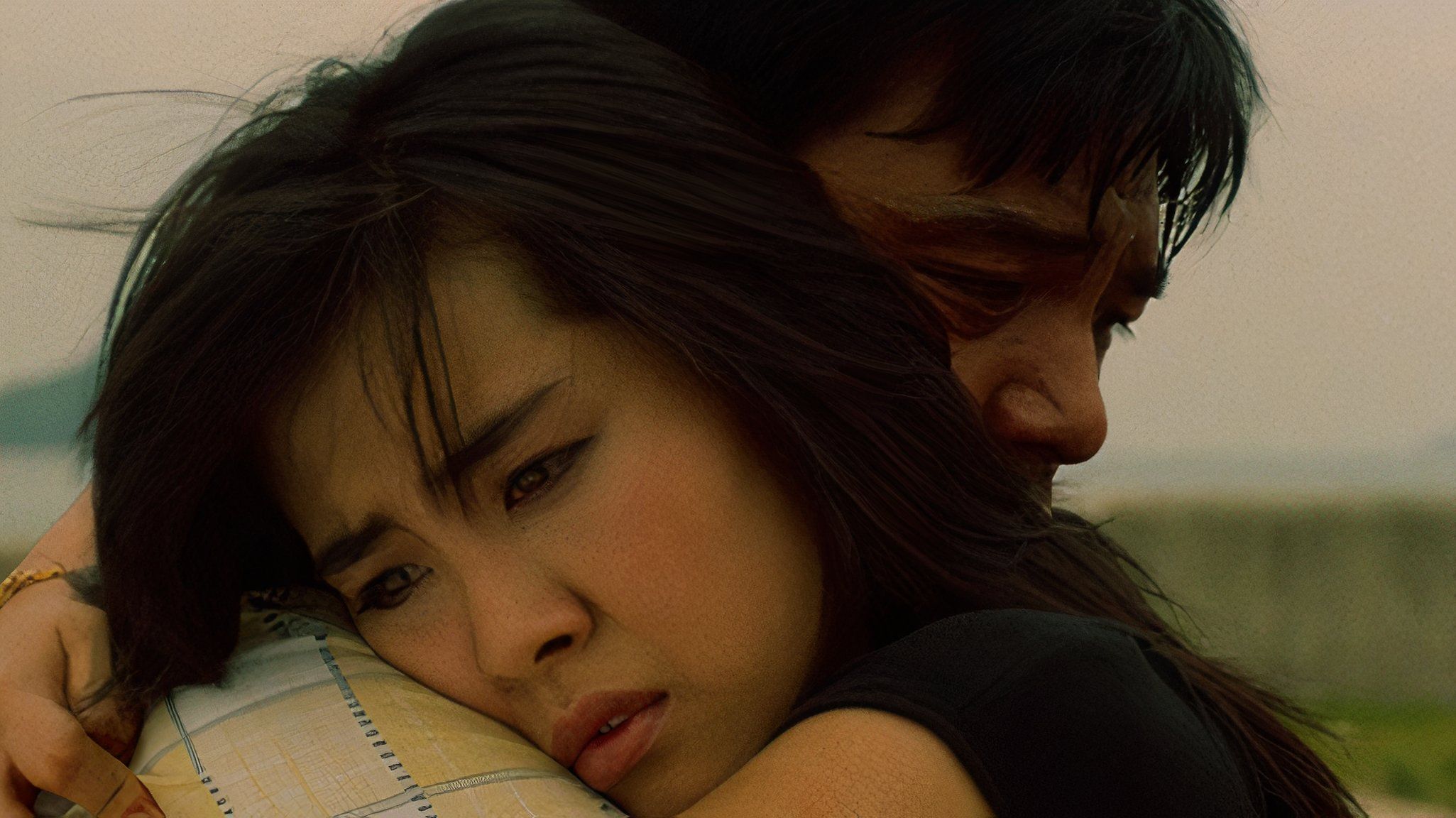
Patrick Tam’s movie titled “My Heart Is That Eternal Rose” presents a vibrant blend of crime and romance, featuring Joey Wong, Kenny Bee, and Tony Leung in leading roles. The narrative revolves around three companions who find themselves entangled in the grim criminal underbelly of Hong Kong, amidst a tangled love affair. The film offers an exciting mix of action, suspense, and drama, all beautifully captured for visual effect to highlight melodramatic themes.
Use of Color
In this movie, color serves as a potent narrative tool, intensifying the characters’ emotions as the tension escalates. Vibrant neon hues contrasted with subdued lighting create an intense dramatic ambiance. The film is highly recommended for fans of Wong Kar-wai, as it features frequent collaborations between Tam and cinematographer Christopher Doyle, who also worked frequently with Wong Kar-wai.
4 Until the End of the World (1991)


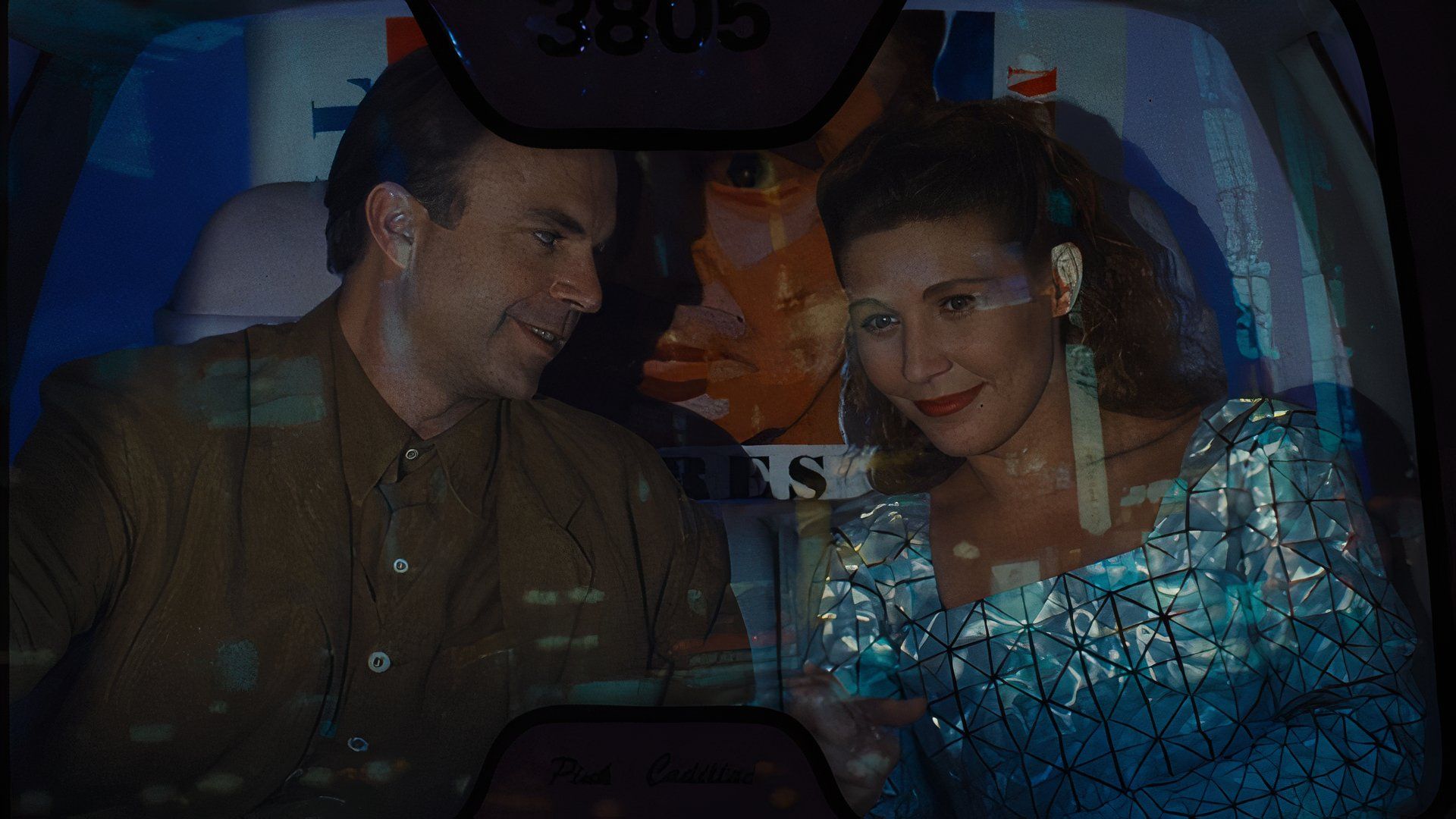
The science fiction film titled “Until the End of The World,” directed by German filmmaker Wim Wenders, is remarkably visionary for its era. This narrative revolves around Claire Tourneur, portrayed by Solveig Dommartin, who encounters Trevor McPhee, played by William Hurt, and follows him on a global journey. Meanwhile, the world watches anxiously as a nuclear satellite approaches Earth.
The Ultimate Road Film
Despite often being overshadowed by Wenders’ other acclaimed works like “Paris, Texas” and “Wings of Desire,” the film “Until the End of the World” is not typically viewed, perhaps due to its lengthy 5-hour runtime. However, to my surprise, this movie is far from tedious or slow-paced. Instead, it offers captivating subplots and stunning visuals that keep the viewer engaged. The film’s soundtrack, featuring artists like Talking Heads, Lou Reed, Julee Cruise, and U2, adds a memorable touch to this cinematic journey.
3 Through the Olive Trees (1994)
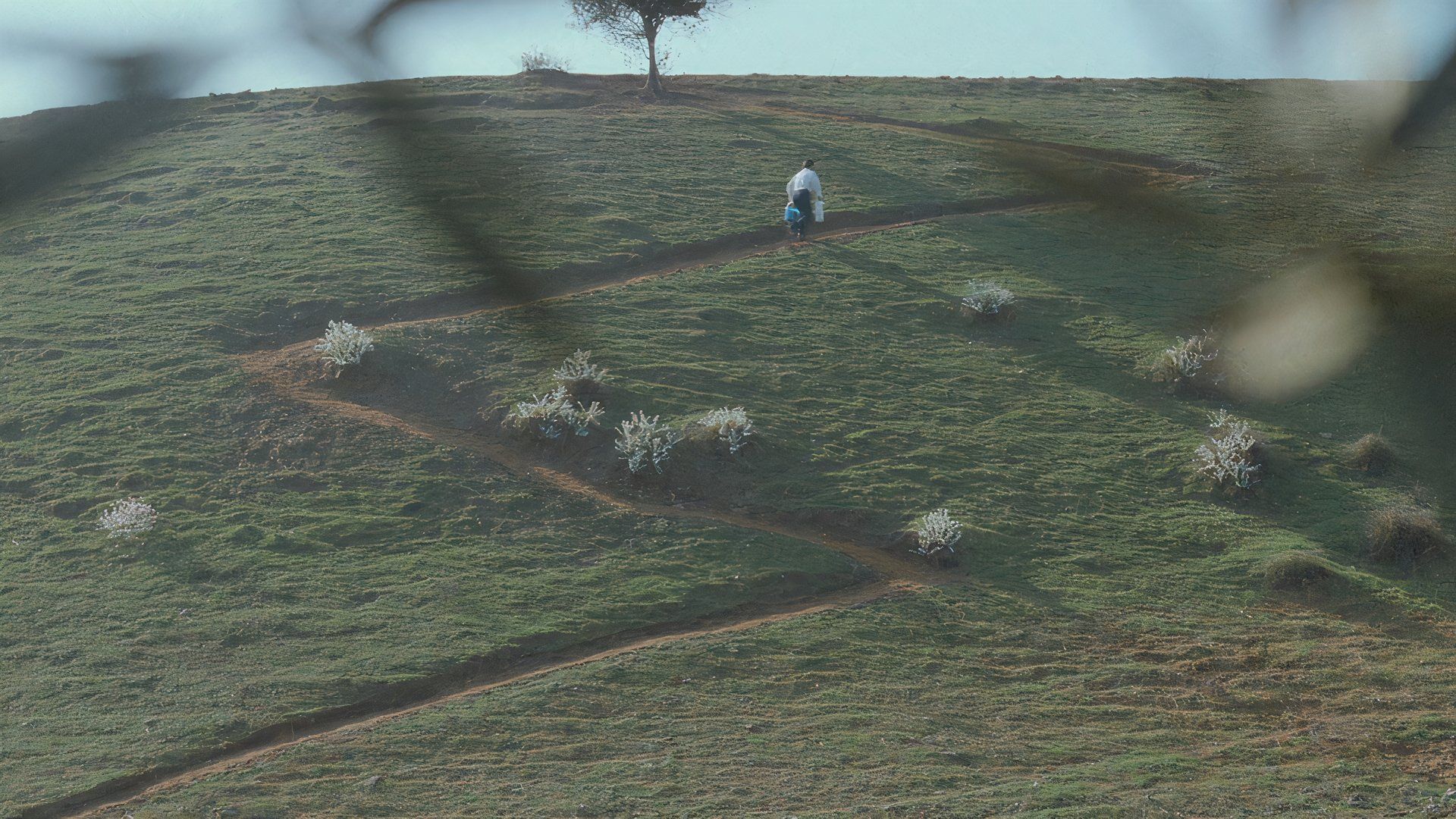
Through the Olive Trees” is the third film of Abbas Kiarostami’s “Koker Trilogy,” serving as a semi-documentary exploring the making of the previous movie, “And Life Goes On.” Although thematically linked, watching the entire trilogy isn’t essential to comprehend “Through the Olive Trees.” During the filming of “And Life Goes On,” Hossein Rasai develops feelings for his co-star, portraying his wife, Taherah, who firmly declines his affections.
Fiction Vs. Reality
In his movie, Kiarostami explores themes of objectivity versus subjectivity and fact versus fiction. He frequently reminds the audience that they’re watching a film, creating layers upon layers like a kaleidoscope. This may not be as widely discussed as his films like “Close-Up” or “Taste of Cherry,” but it remains one of his most impactful works.
2 Girlhood (2014)
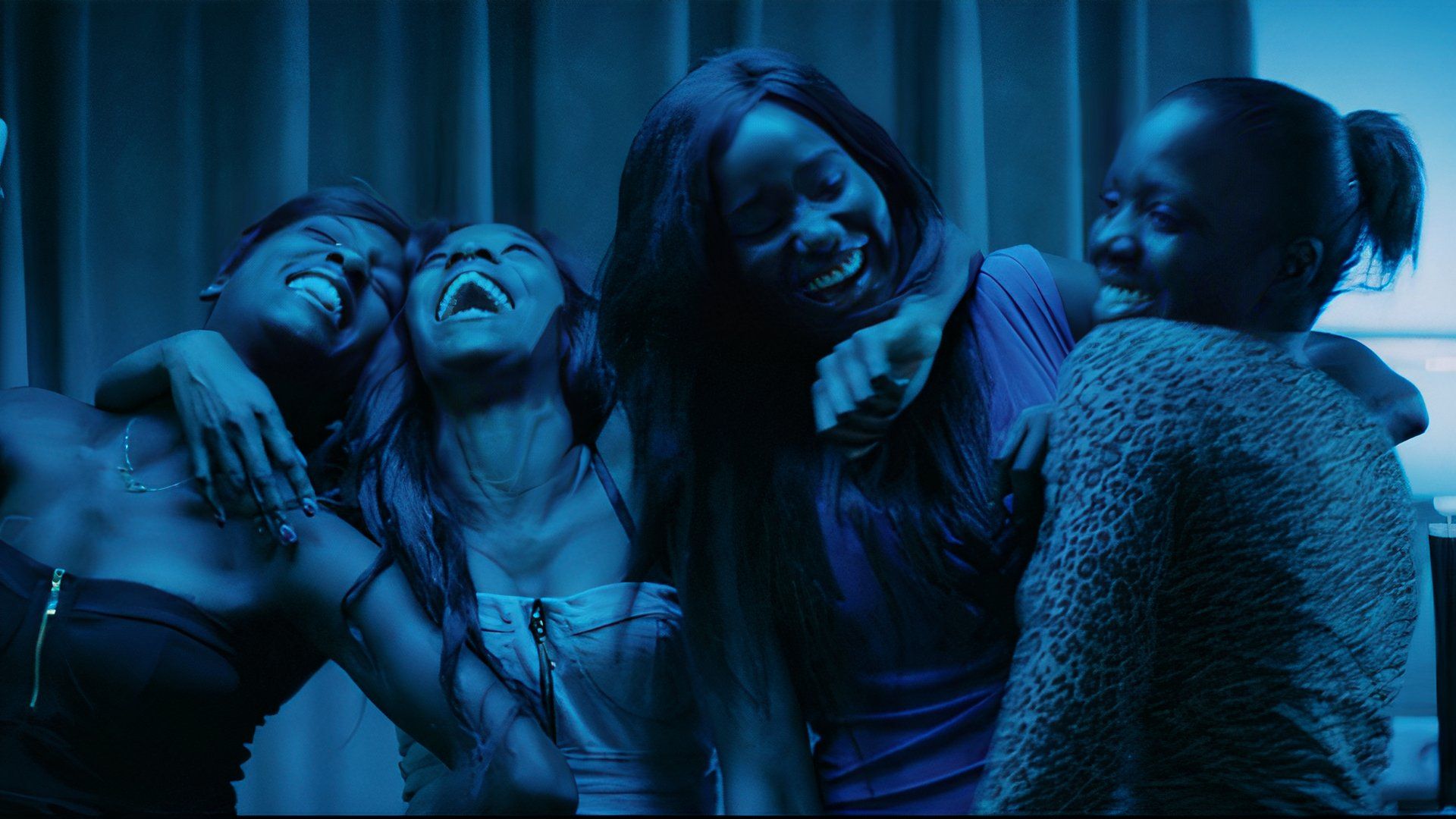
Under the direction of Céline Sciamma, who brought us “Portrait of A Lady on Fire,” comes the contemporary tale, “Girlhood.” This drama follows Marieme, a teenage girl feeling isolated, whose life takes a turn when she becomes part of a local girl gang. In this group, Marieme finds camaraderie and a means to flee her stifling home environment, but she also encounters a world that embraces crime, violence, and drug use. As Marieme wrestles with the challenge of seeking liberation and self-reliance amidst her circumstances, she must navigate this unfamiliar yet alluring realm.
Illuminating Youth Struggles
In my perspective, “Girlhood” delves into the potent bond of female friendships and the personal journey towards self-discovery amidst intricate gender and societal issues. This profound piece also illuminates a subculture that typically dwells in the shadows of mainstream media, yet it resonates with universal challenges faced by youth, such as grappling with sexuality and doubts about the future.
1 Lingua Franca (2019)
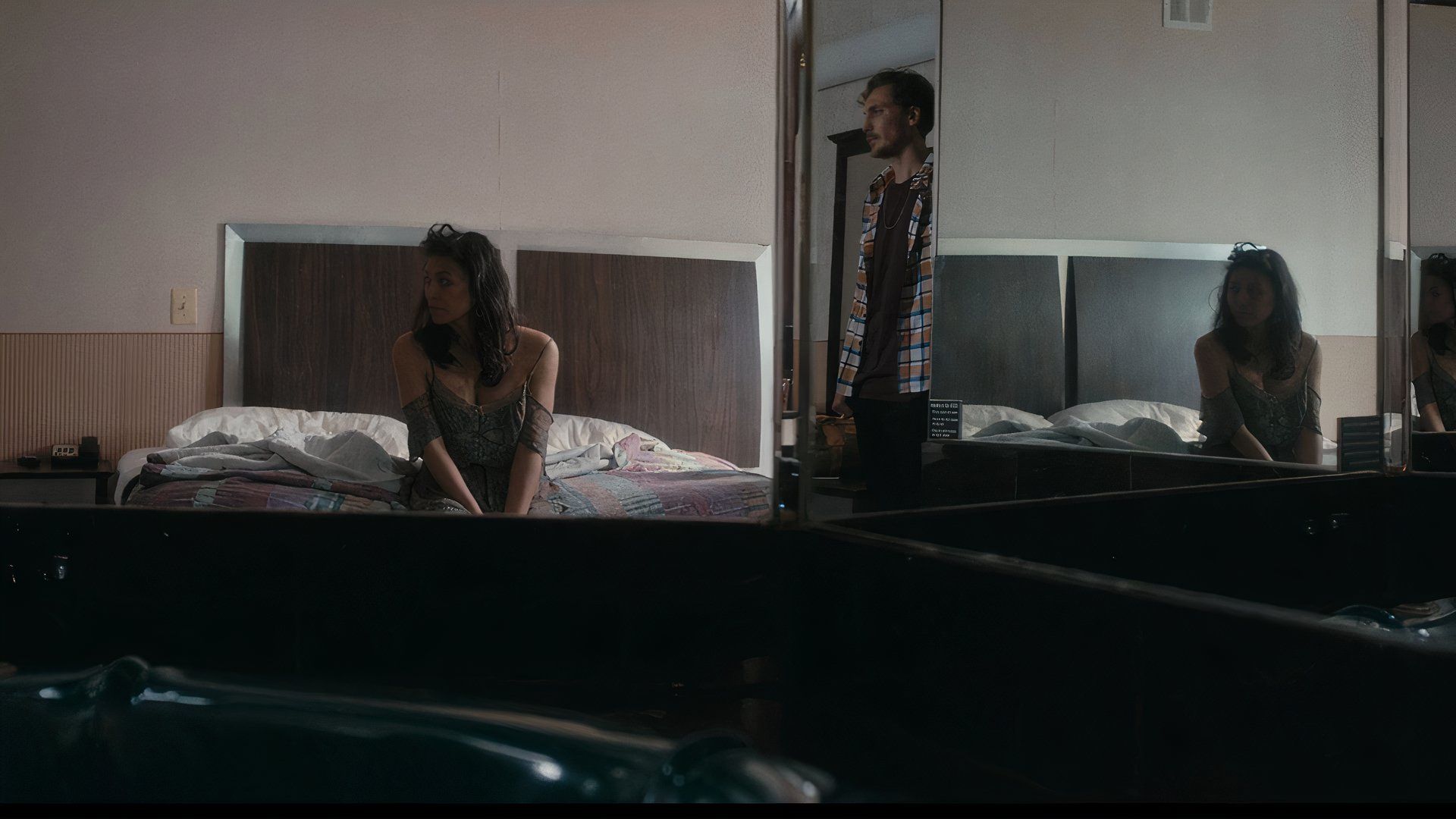
In her own film, Isabel Sandoval plays the lead role as a transgender woman from the Philippines who is undocumented and works as a caregiver in Brooklyn. The movie, titled “Lingua Franca“, focuses on Olivia as she strives to provide for her family back home, establish her immigration status, and manage a romantic relationship with her client’s grandson.
Navigating Identities
As a movie lover, I found myself deeply moved by this film that delves into various societal concerns, offering a profoundly personal glimpse into the life of its central character, whose very identity seems to be shrouded in mystery. The script is beautifully penned and the cinematography is nothing short of breathtaking, resulting in an unforgettable, emotionally resonant viewing journey.
Read More
- 10 Most Anticipated Anime of 2025
- USD MXN PREDICTION
- Pi Network (PI) Price Prediction for 2025
- Silver Rate Forecast
- USD JPY PREDICTION
- USD CNY PREDICTION
- Brent Oil Forecast
- How to Watch 2025 NBA Draft Live Online Without Cable
- Gold Rate Forecast
- Grimguard Tactics tier list – Ranking the main classes
2024-09-29 06:02